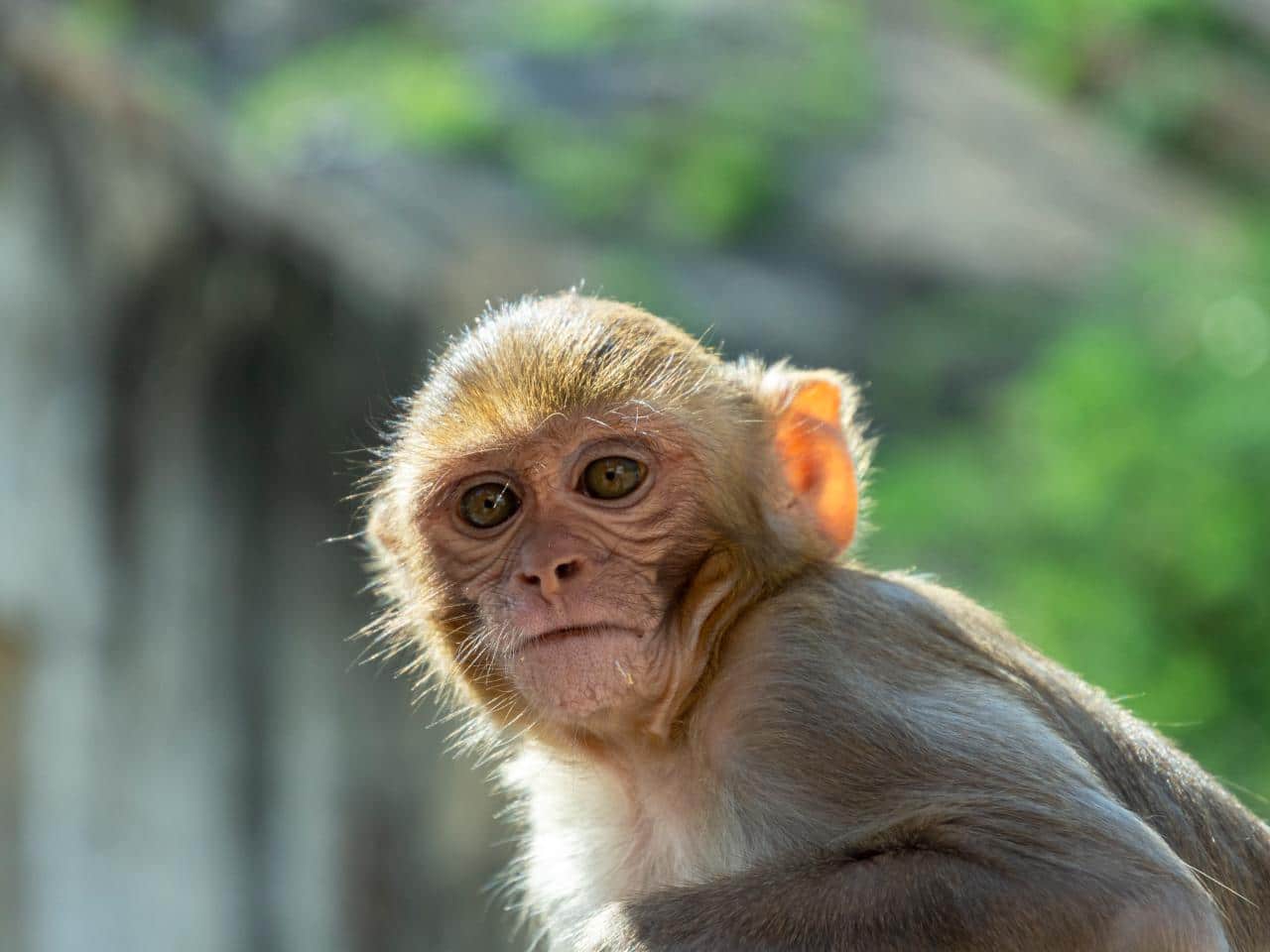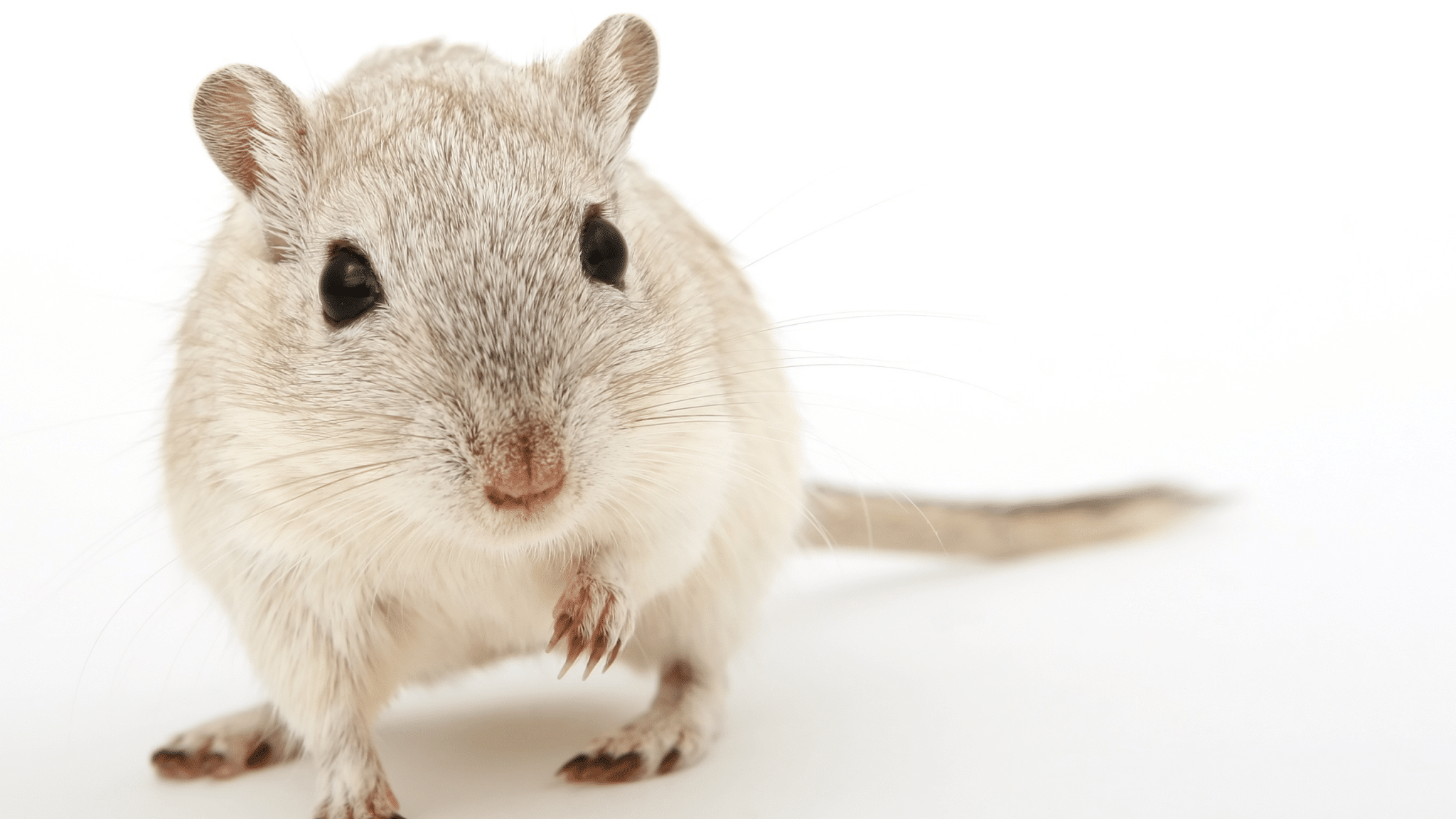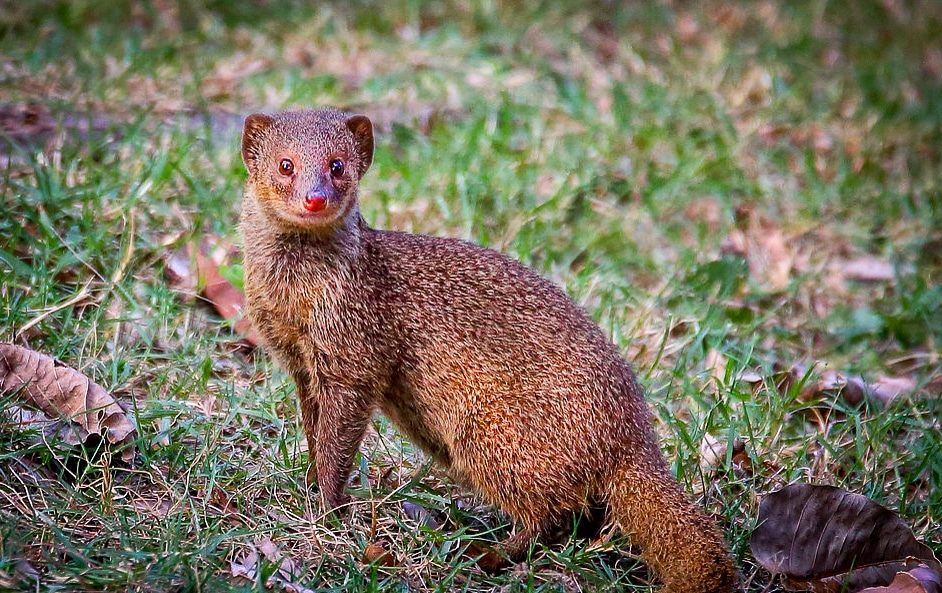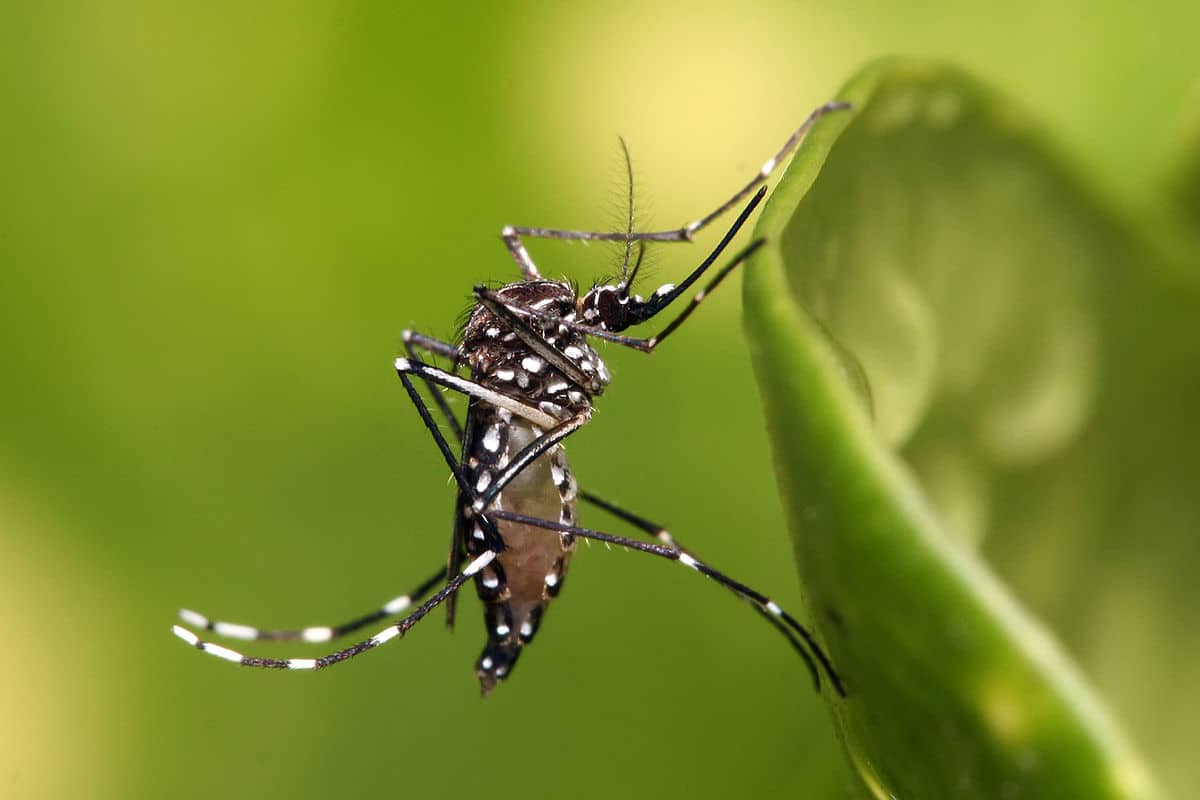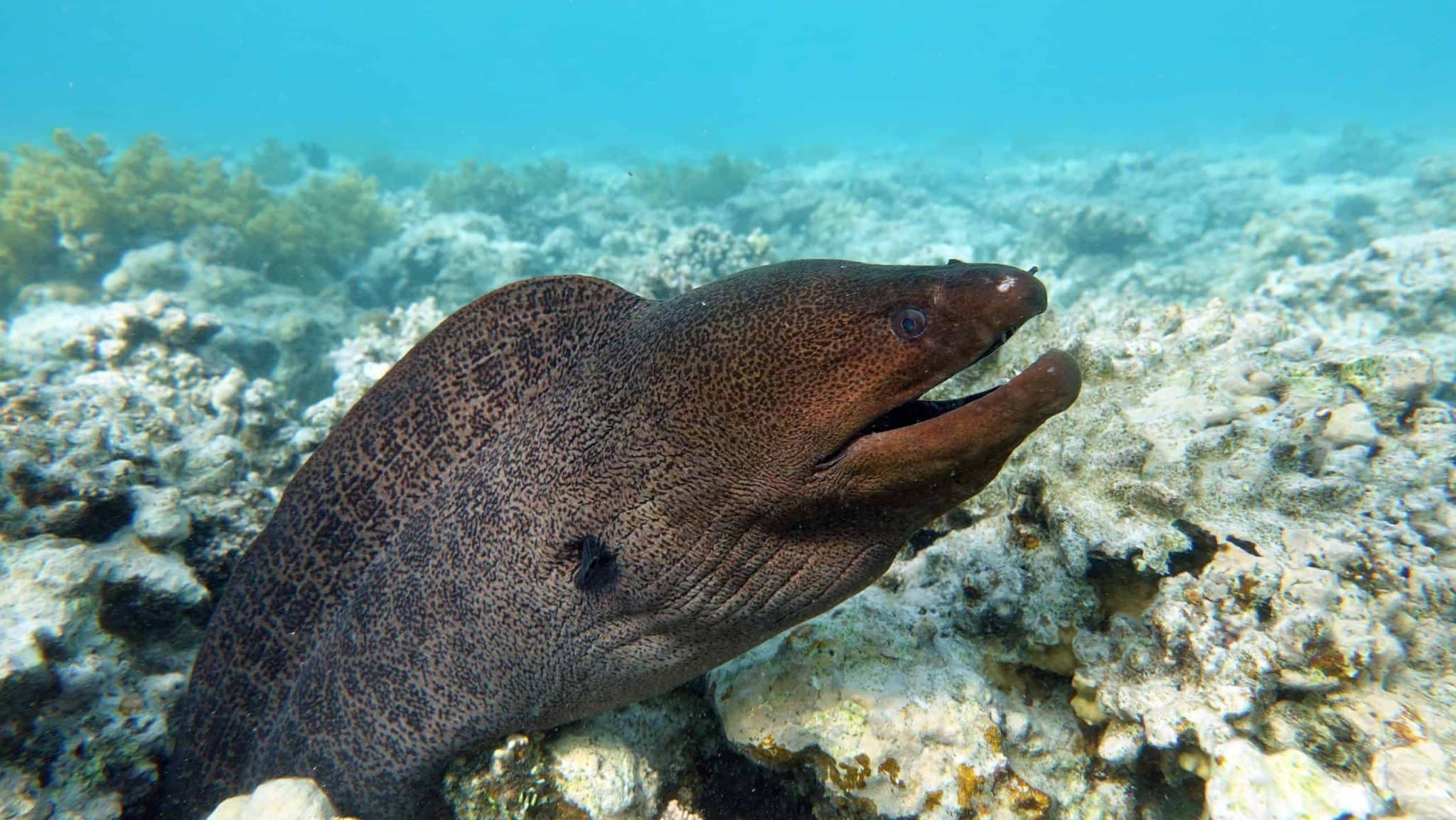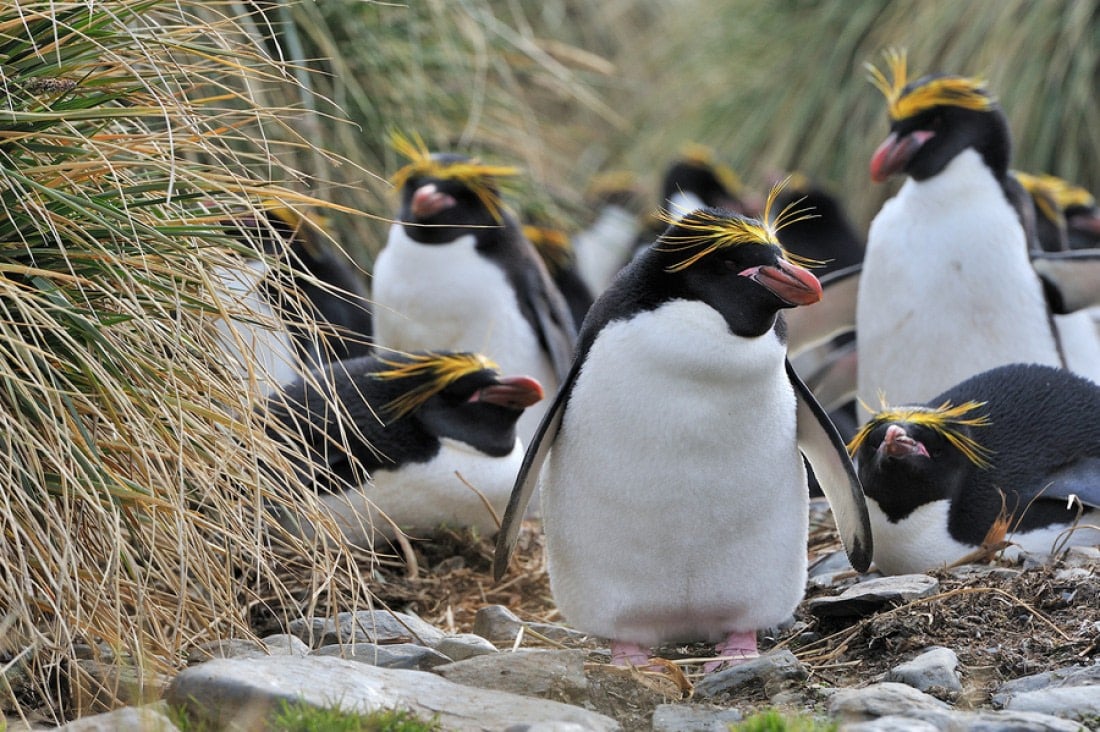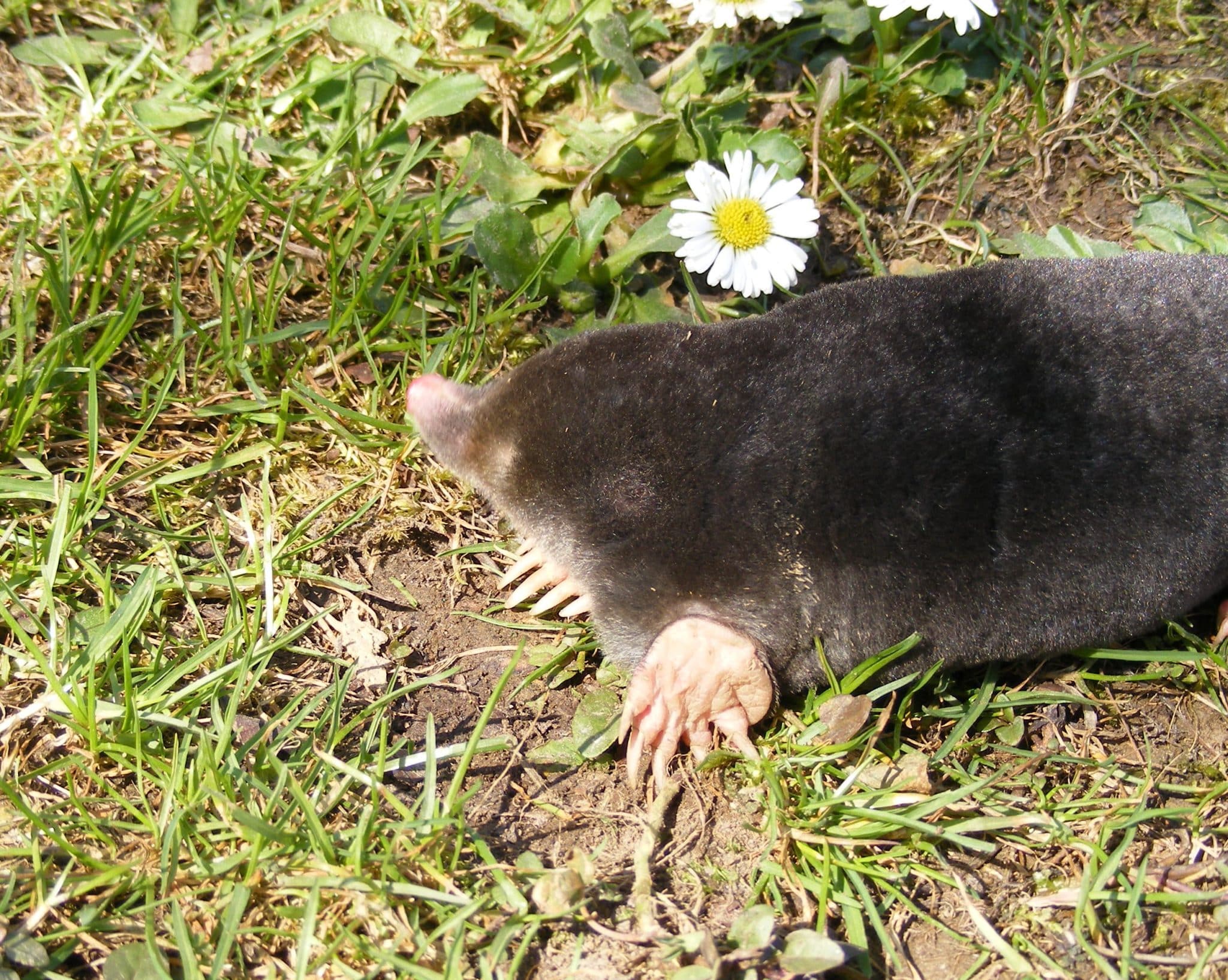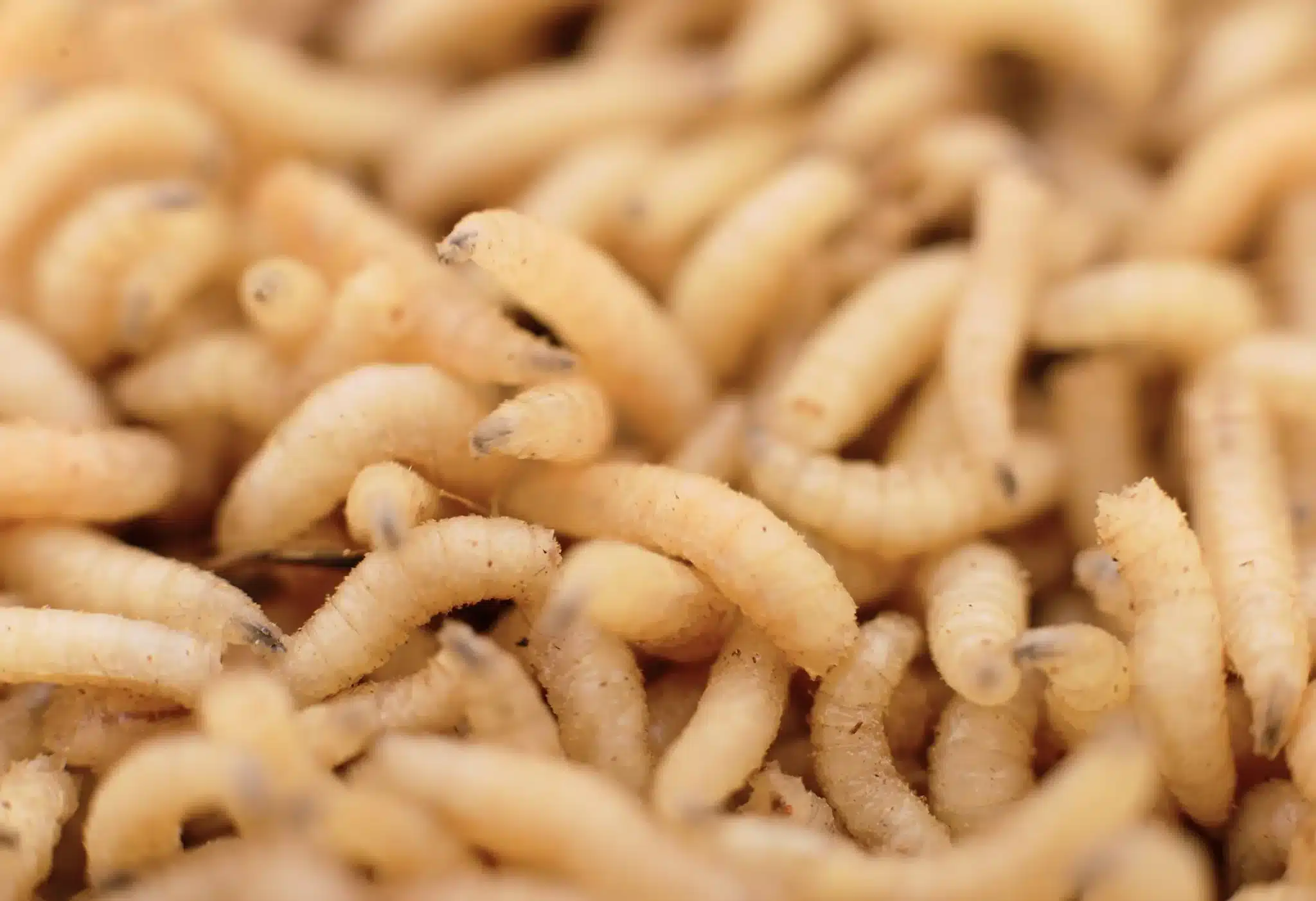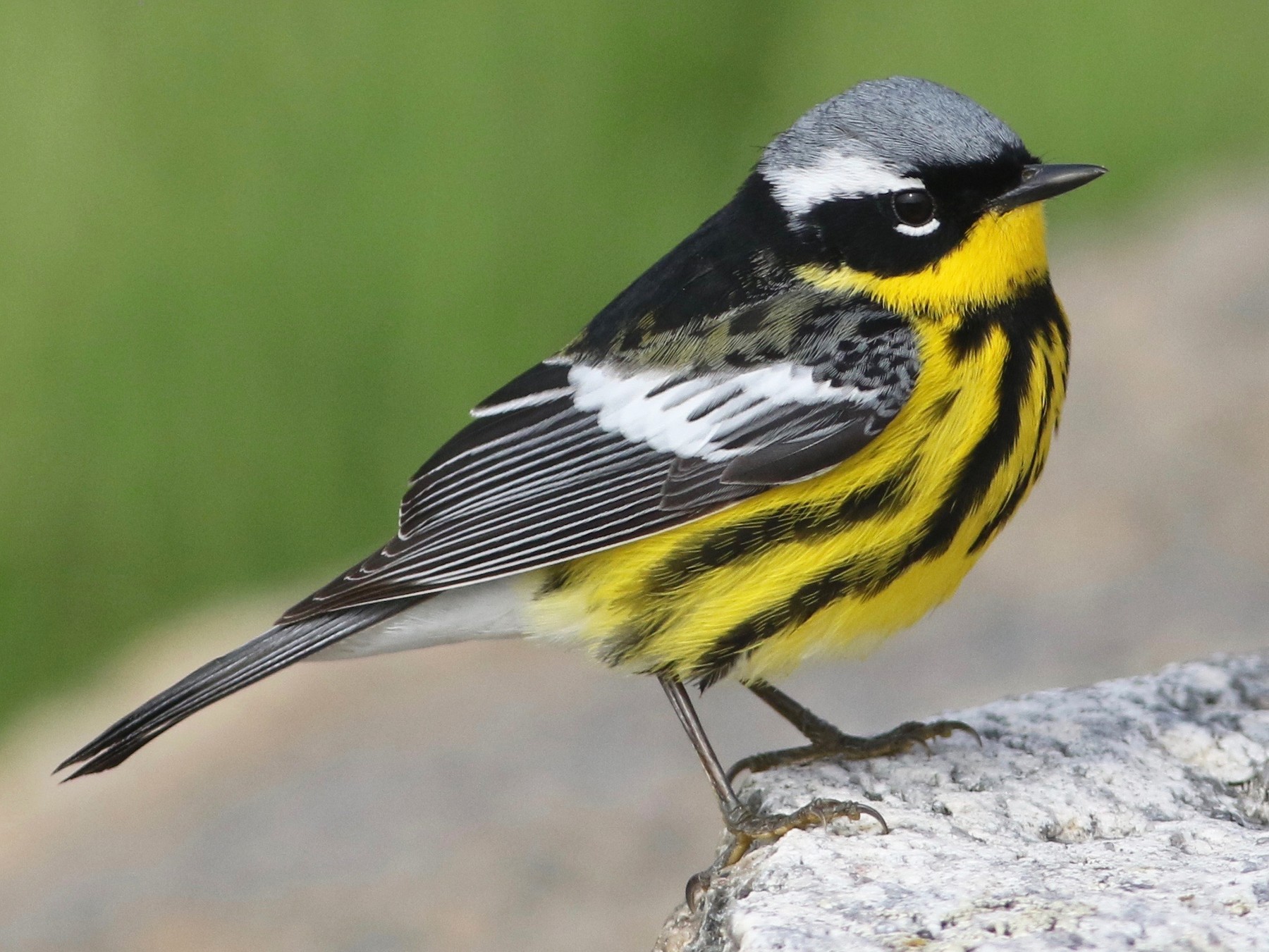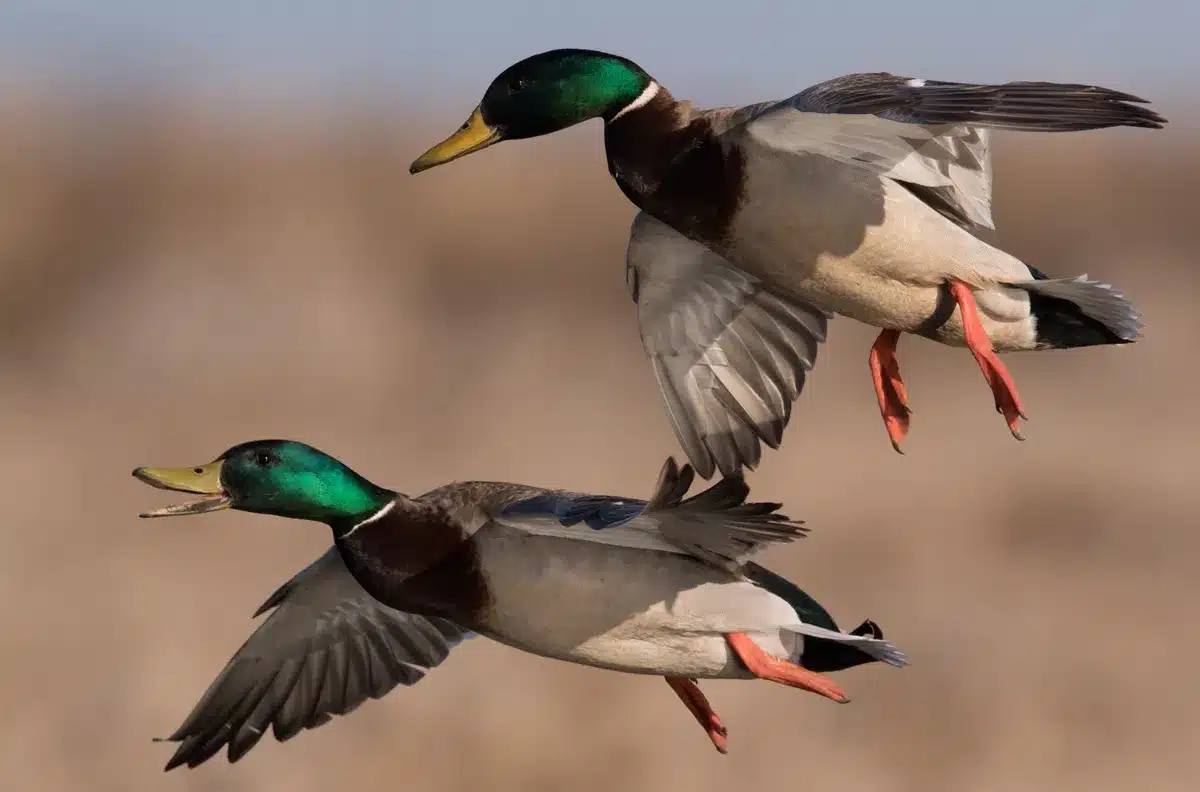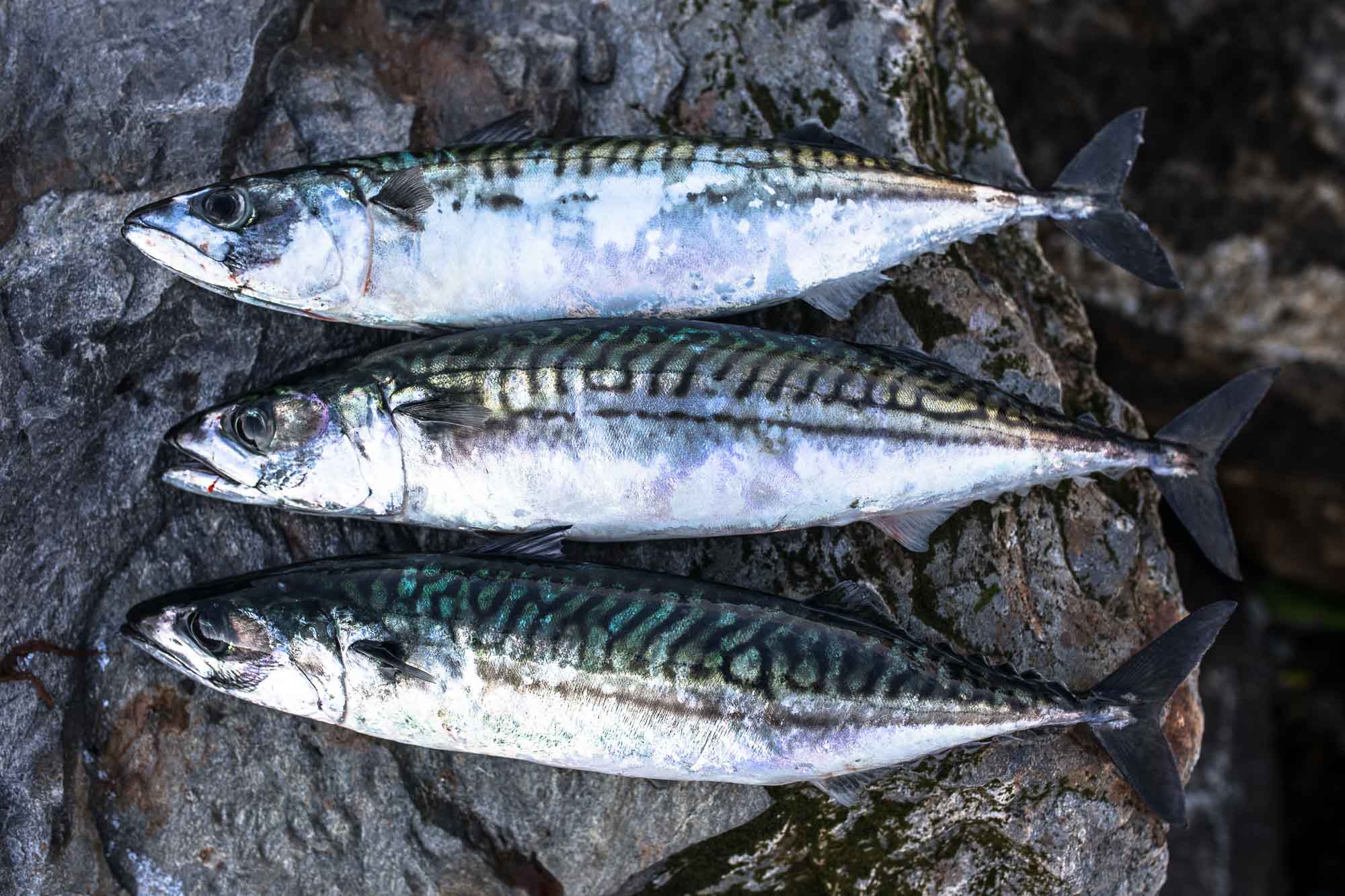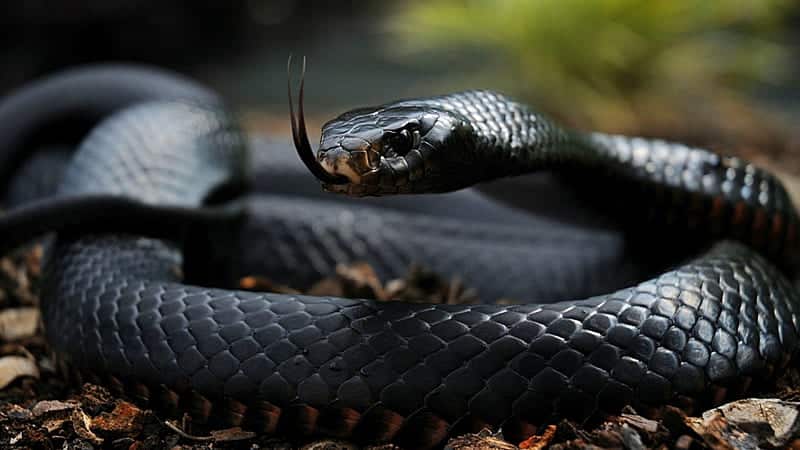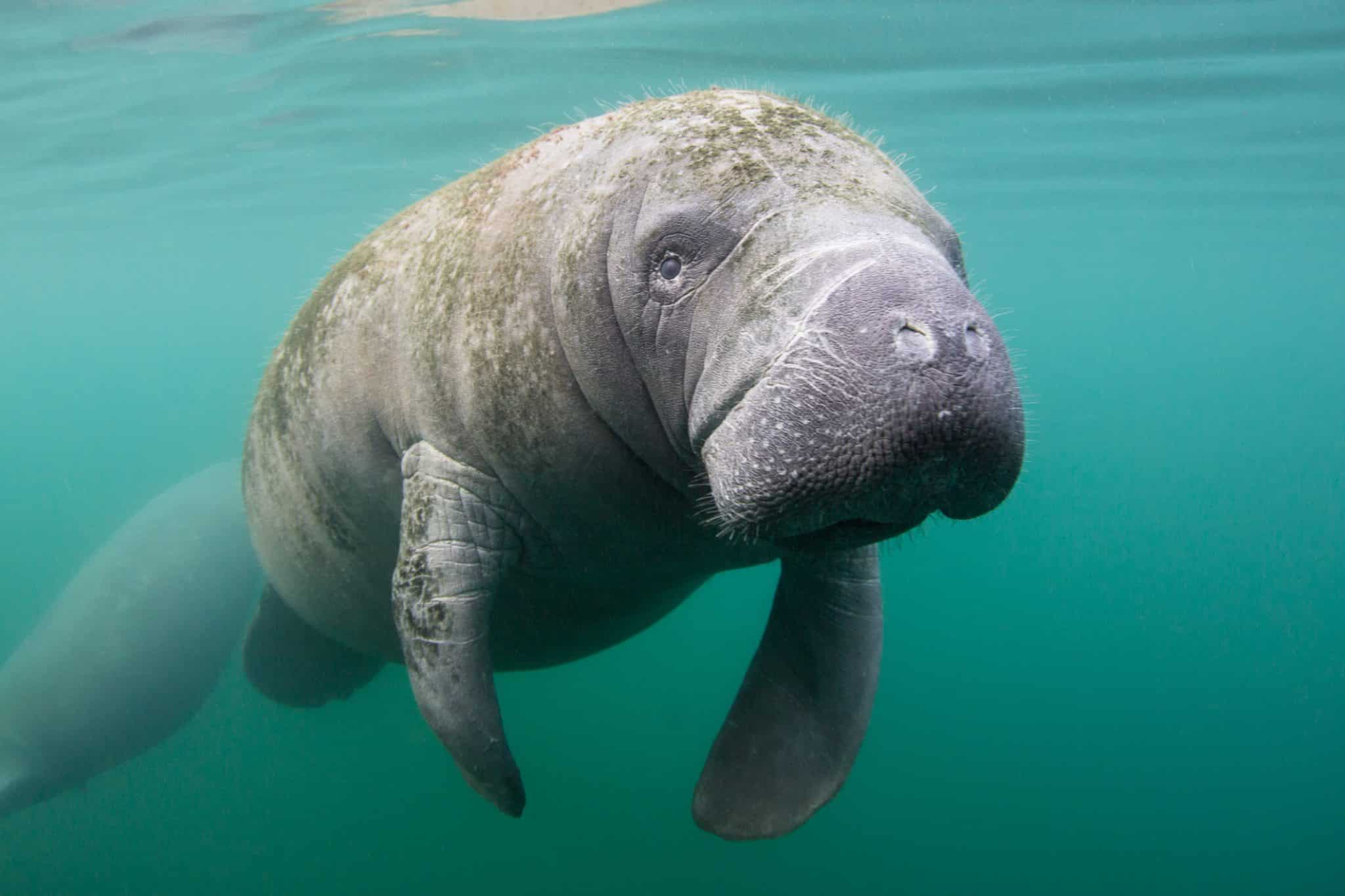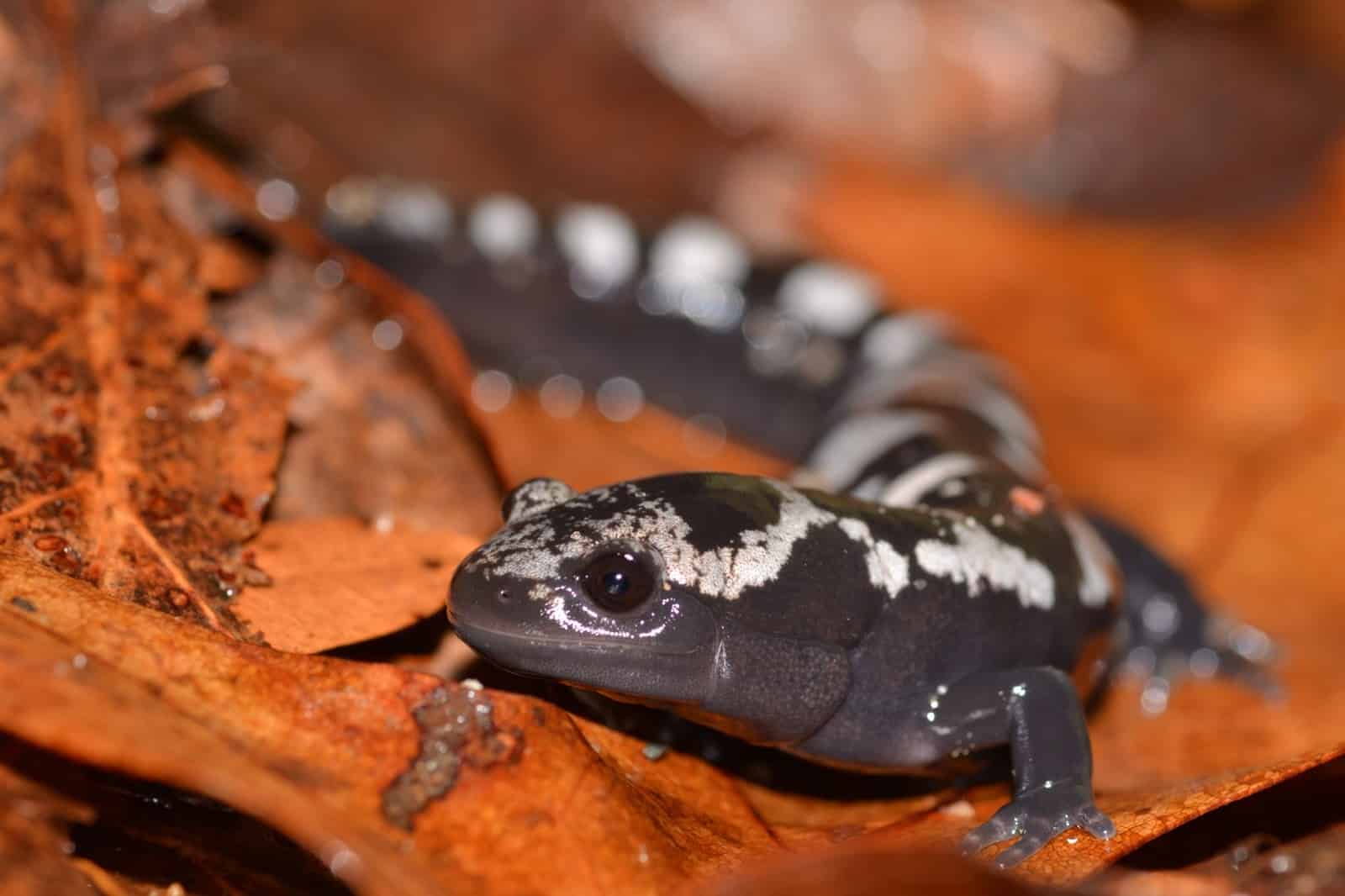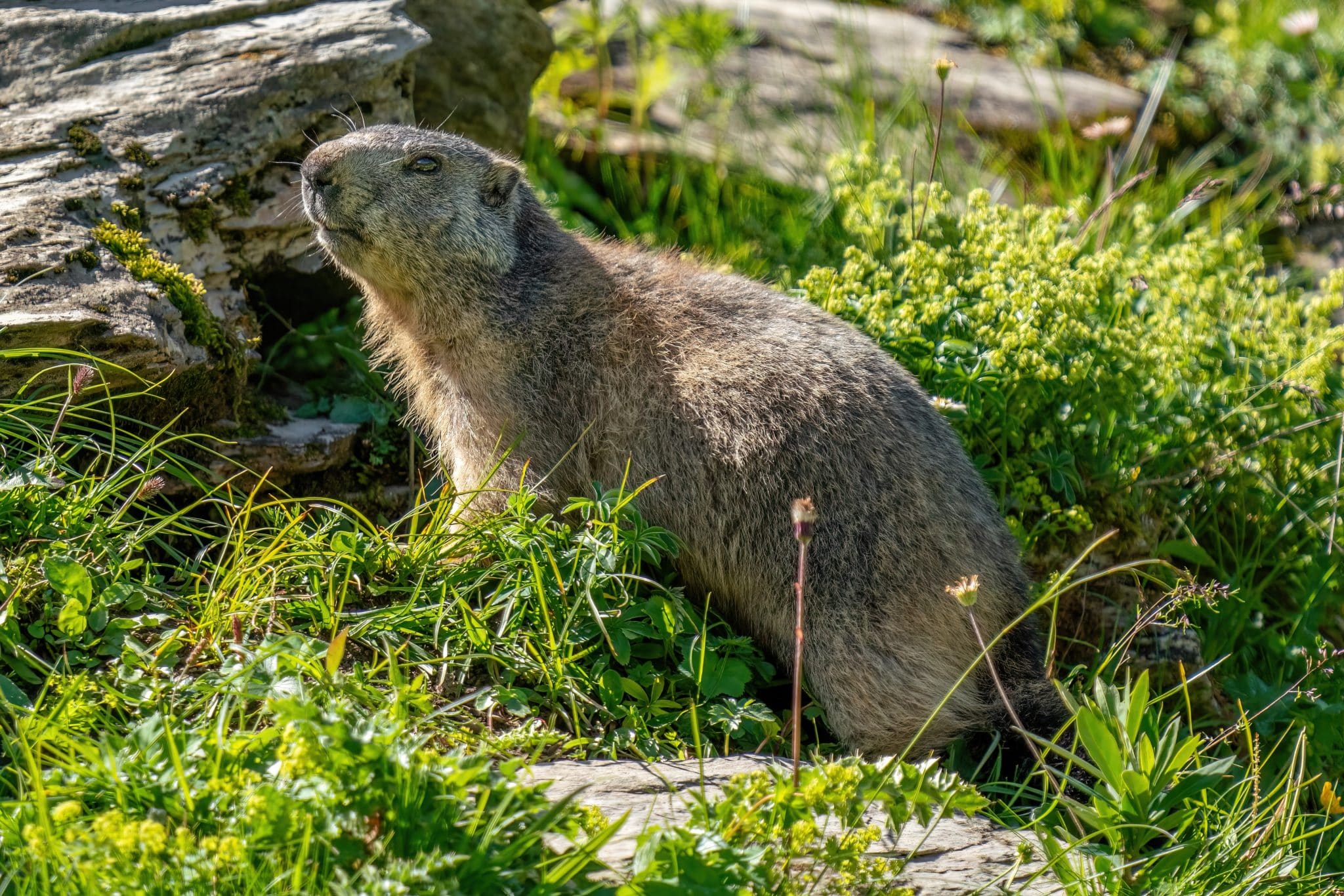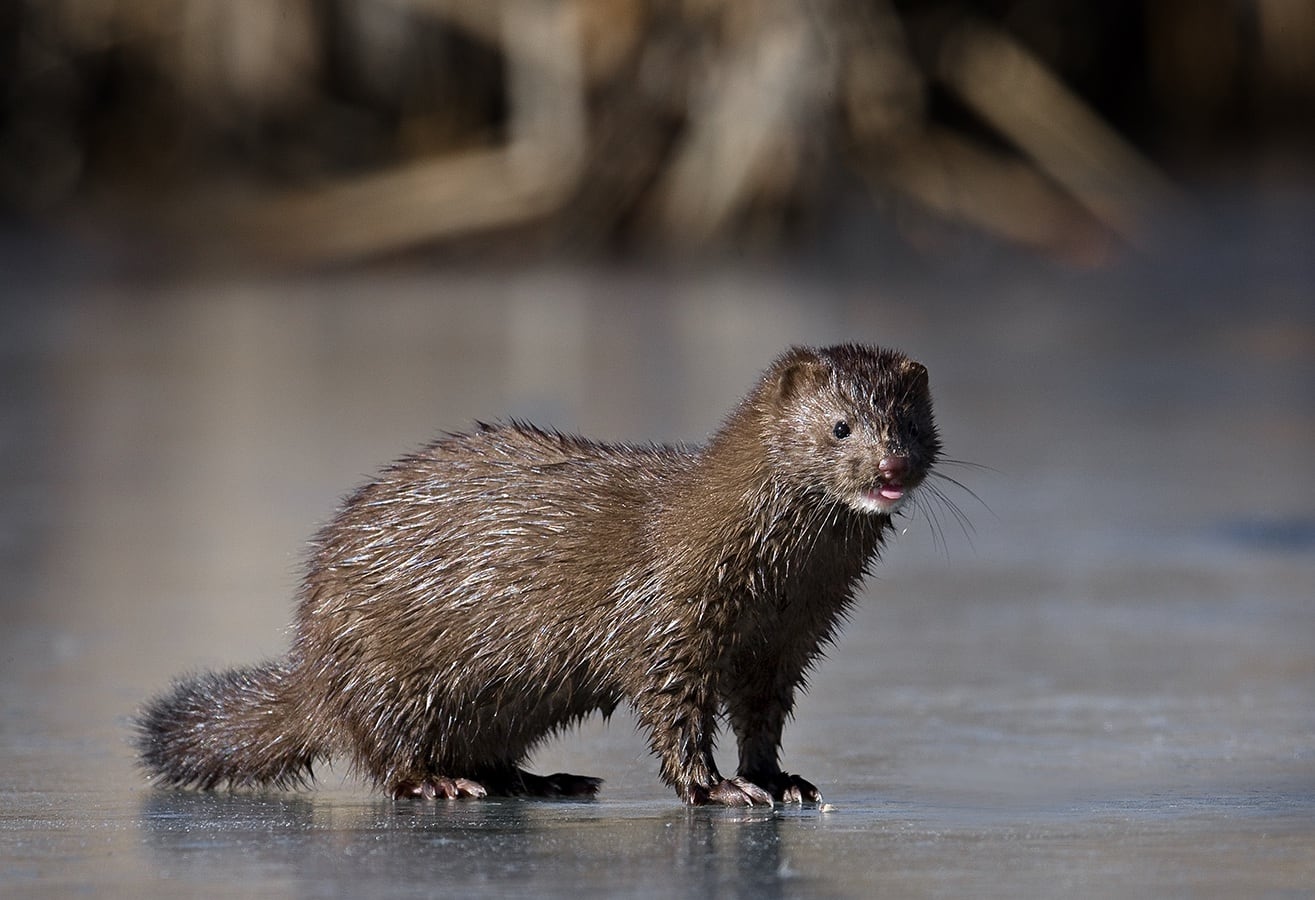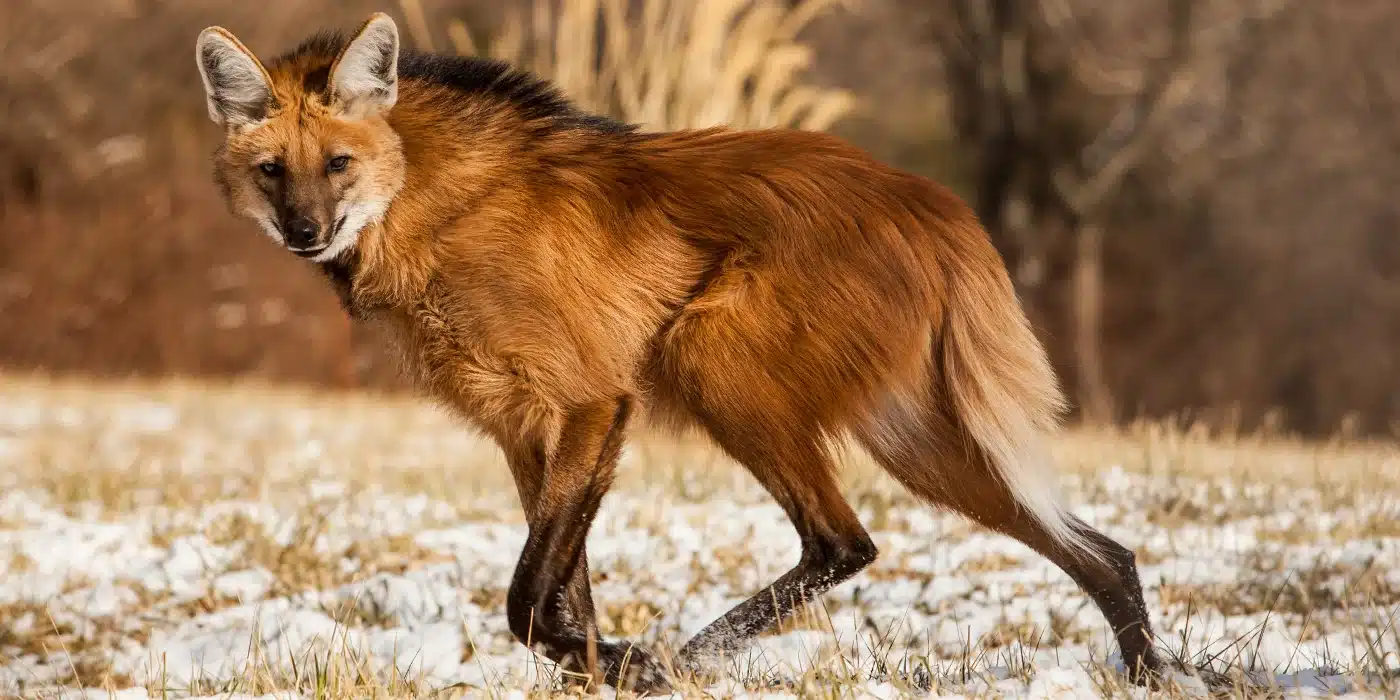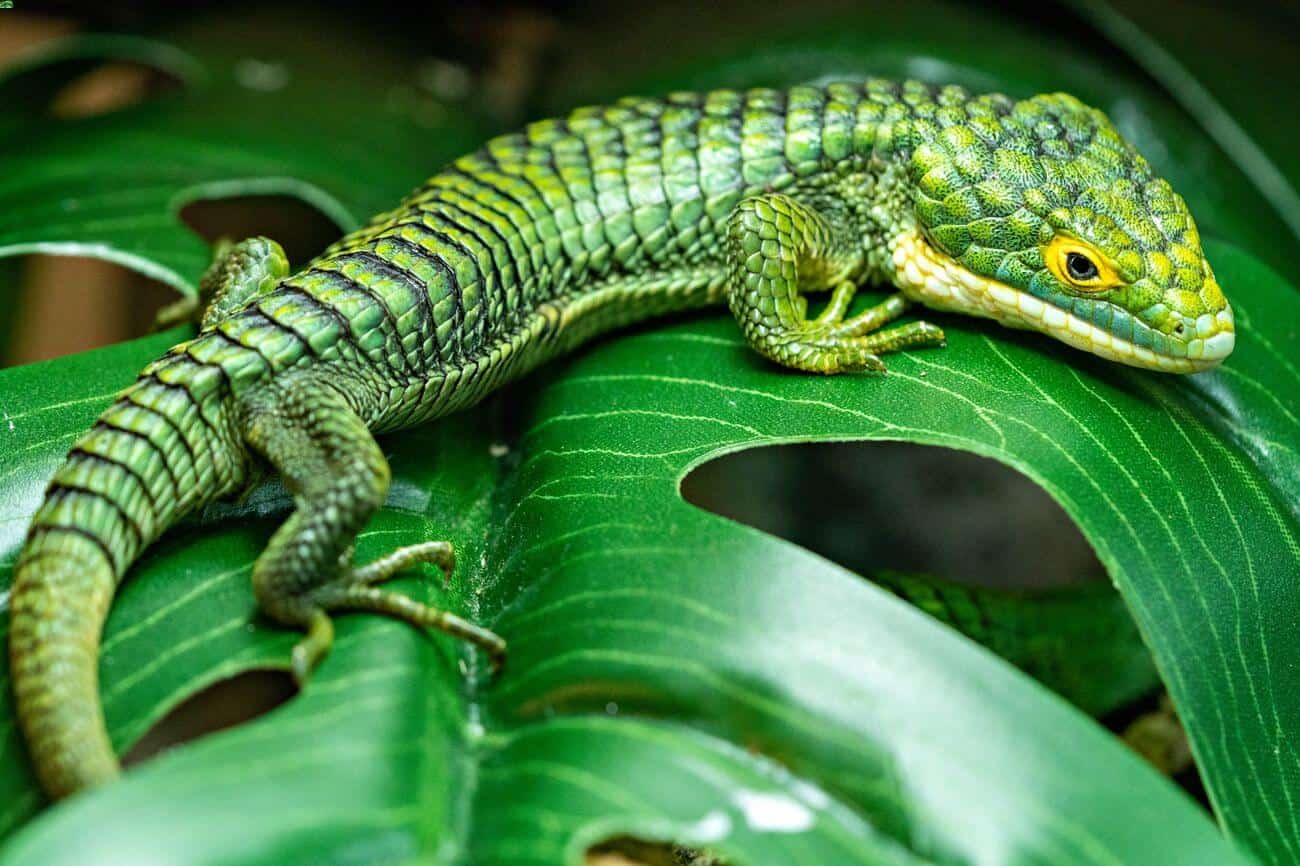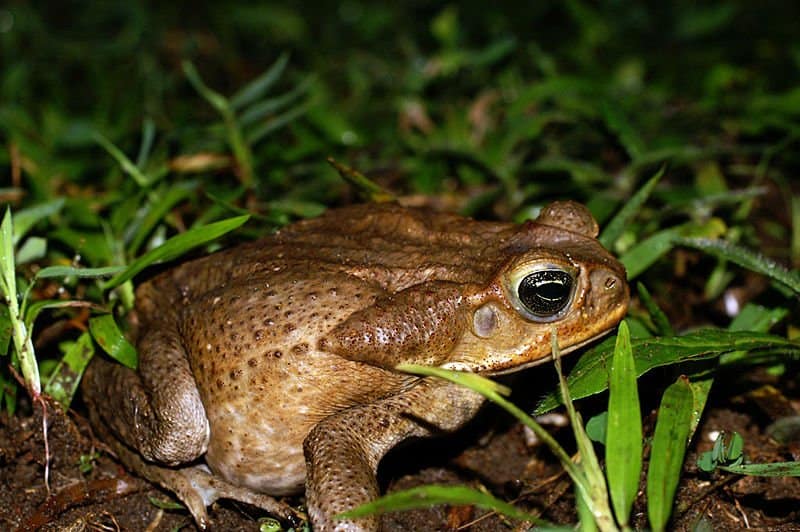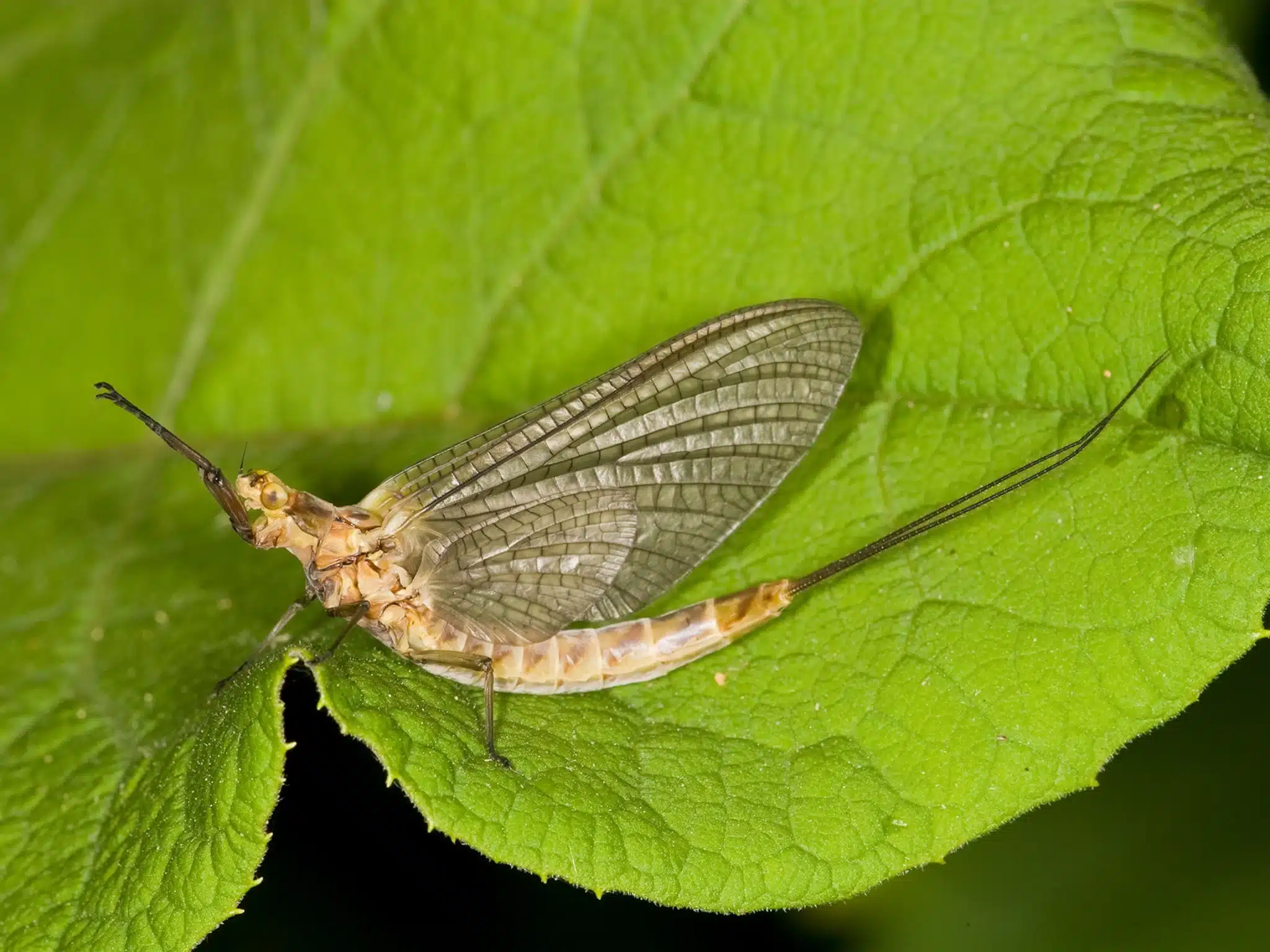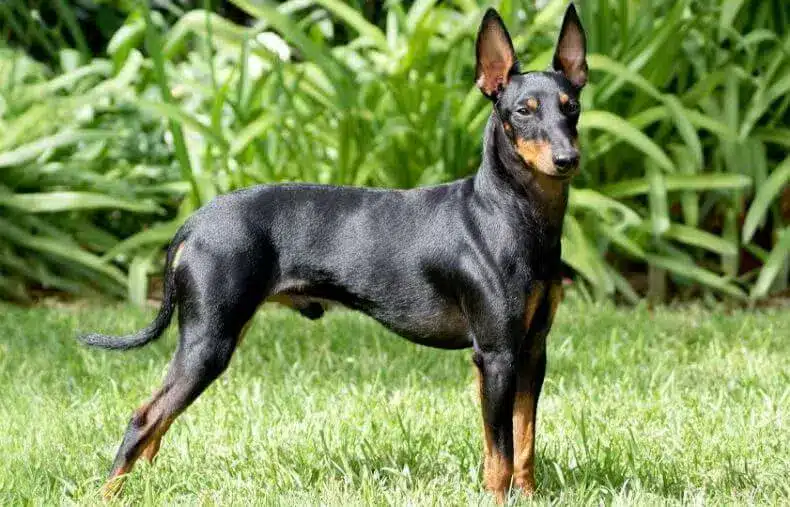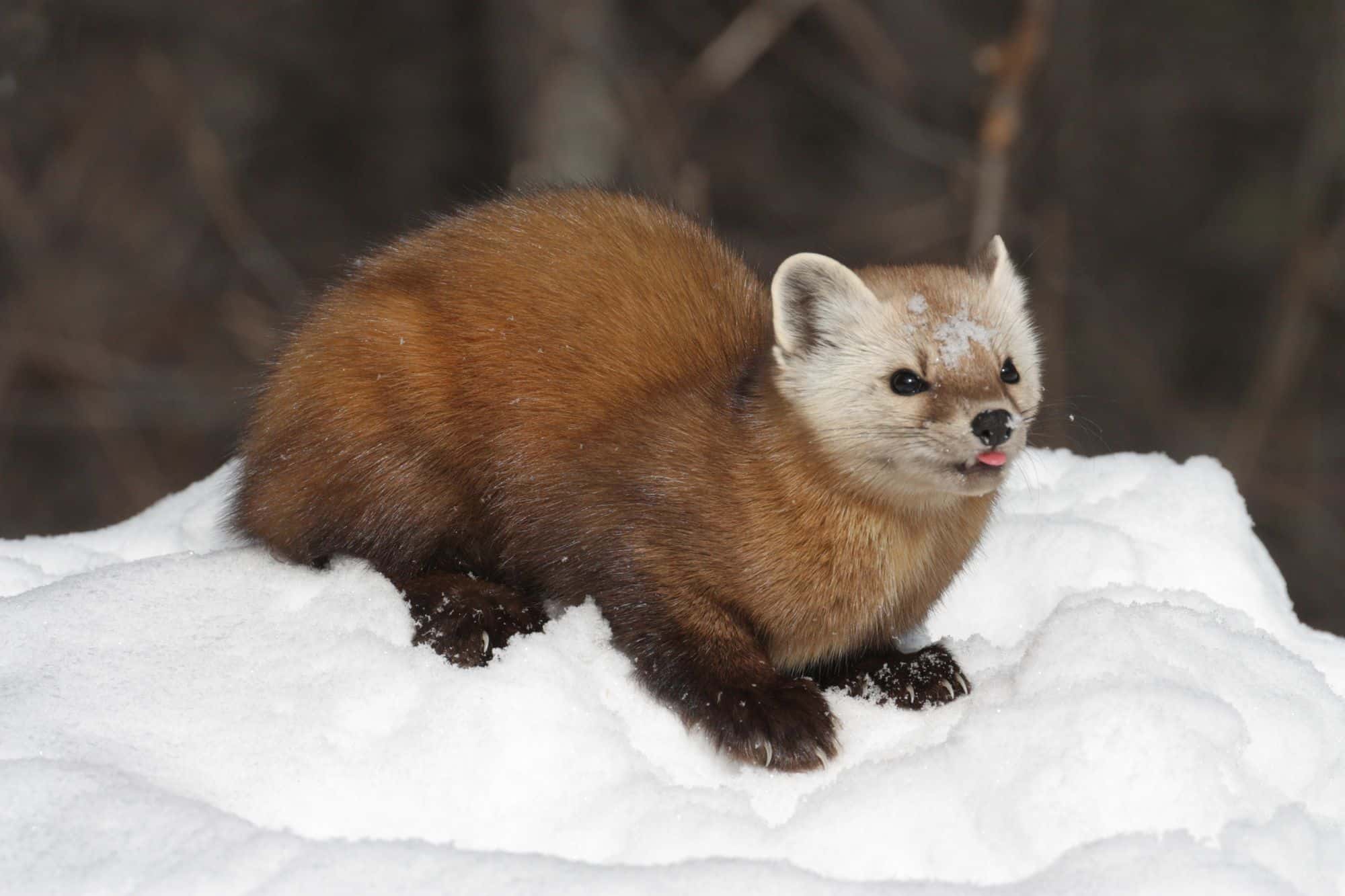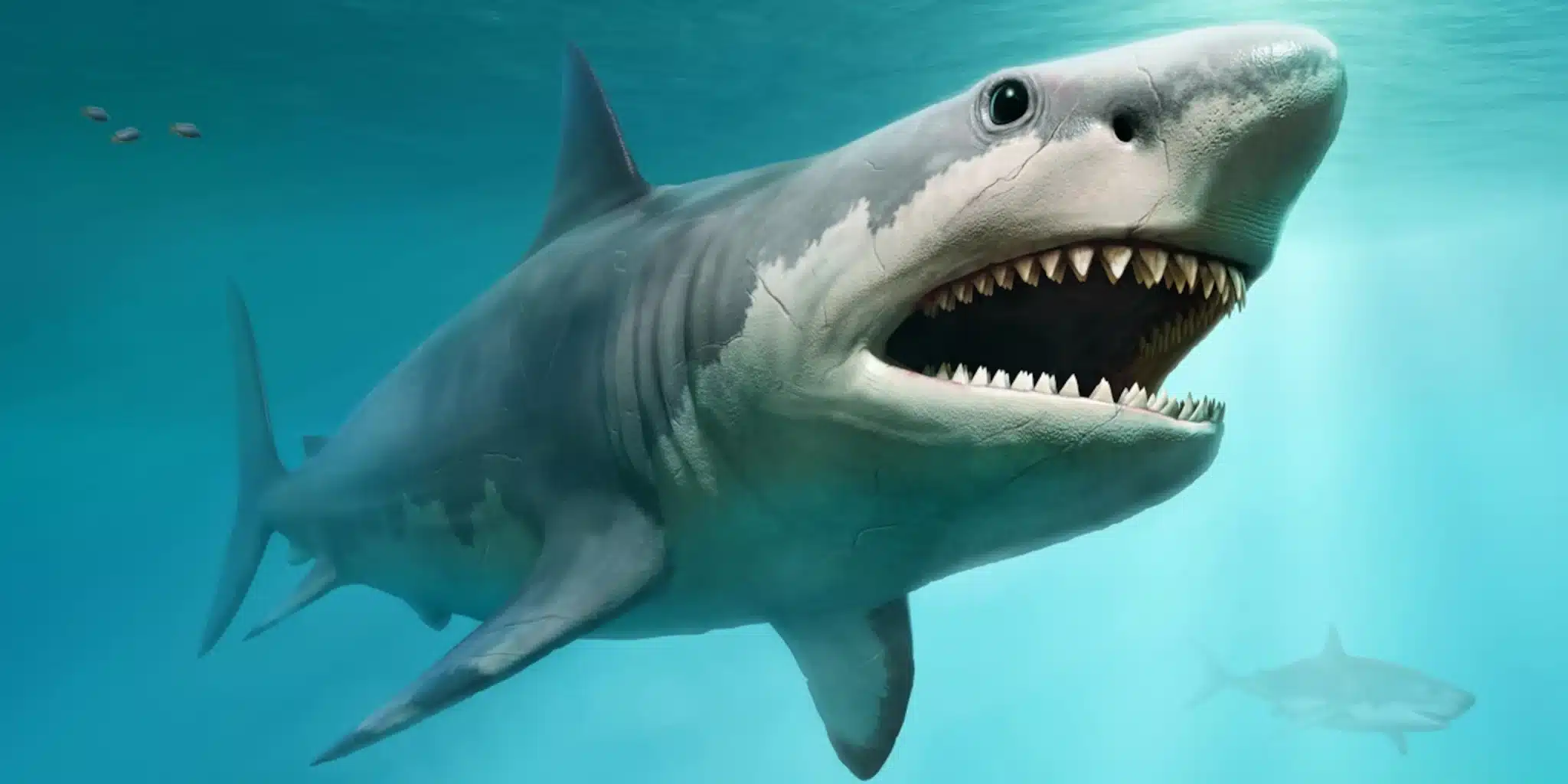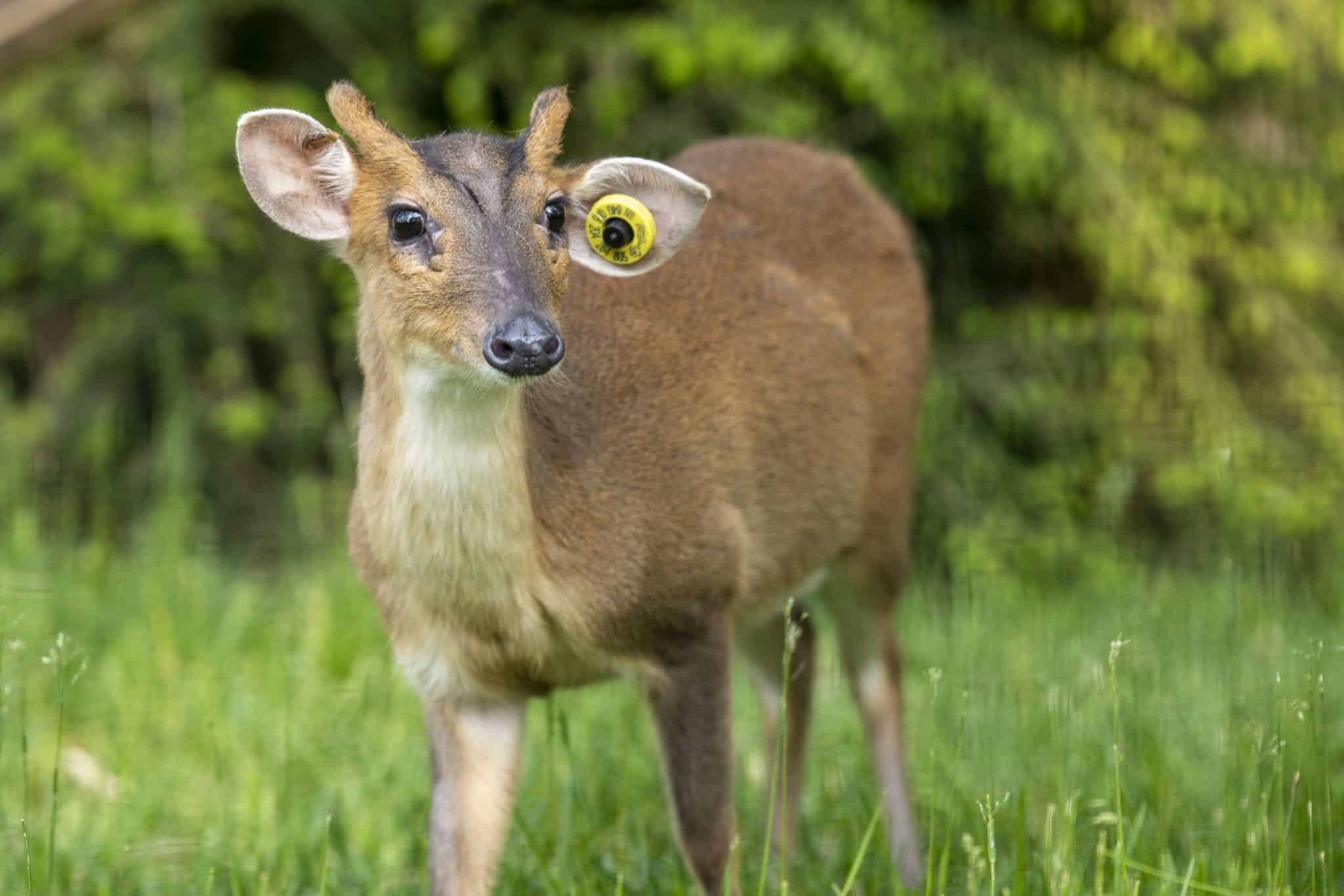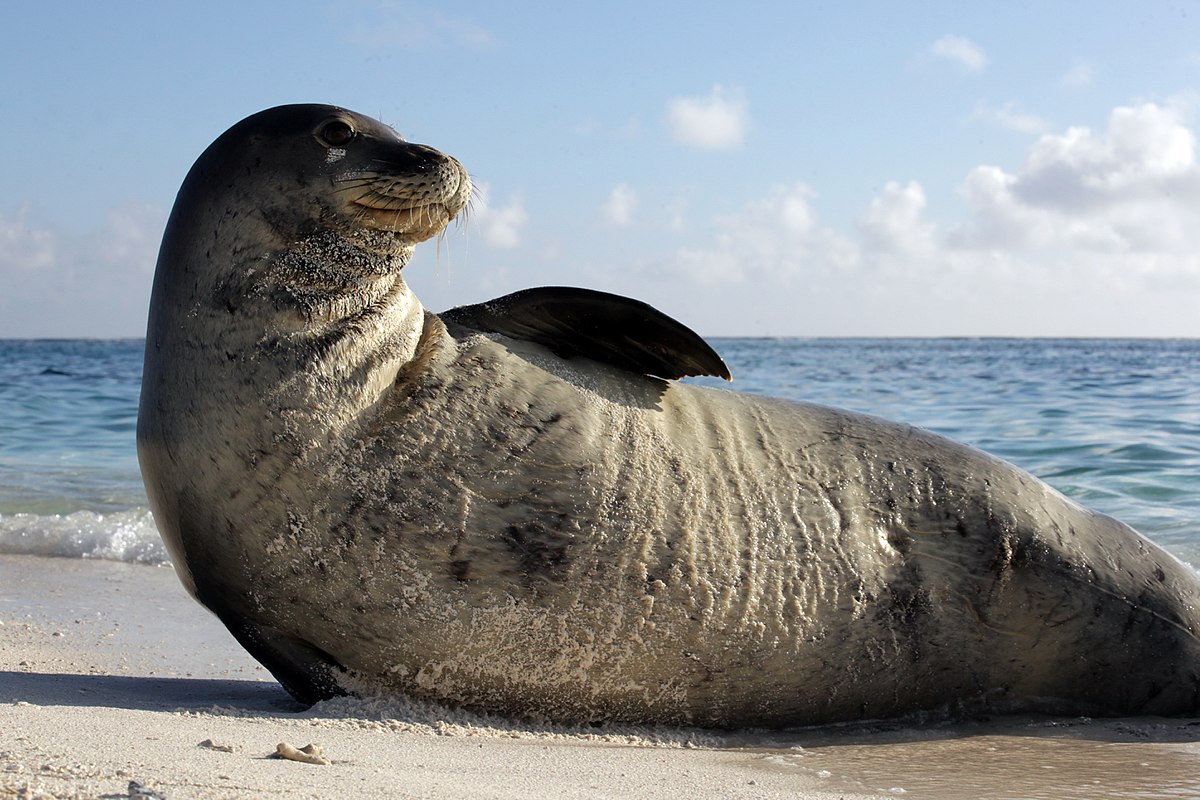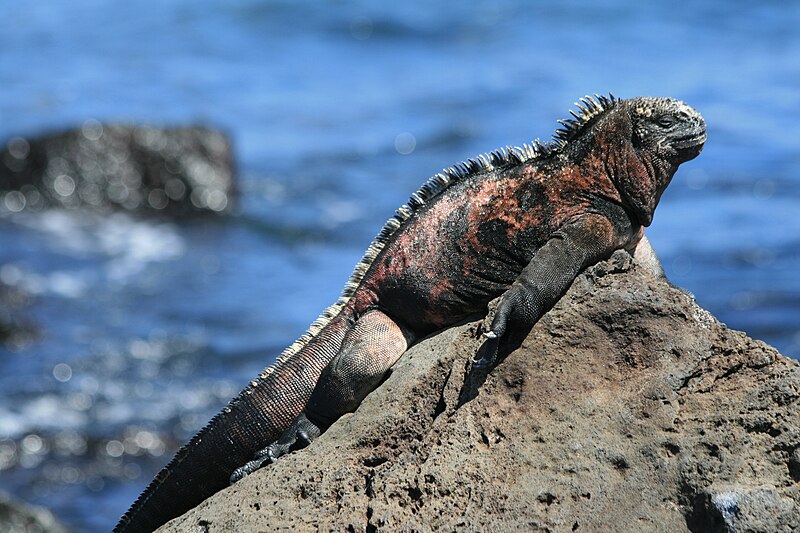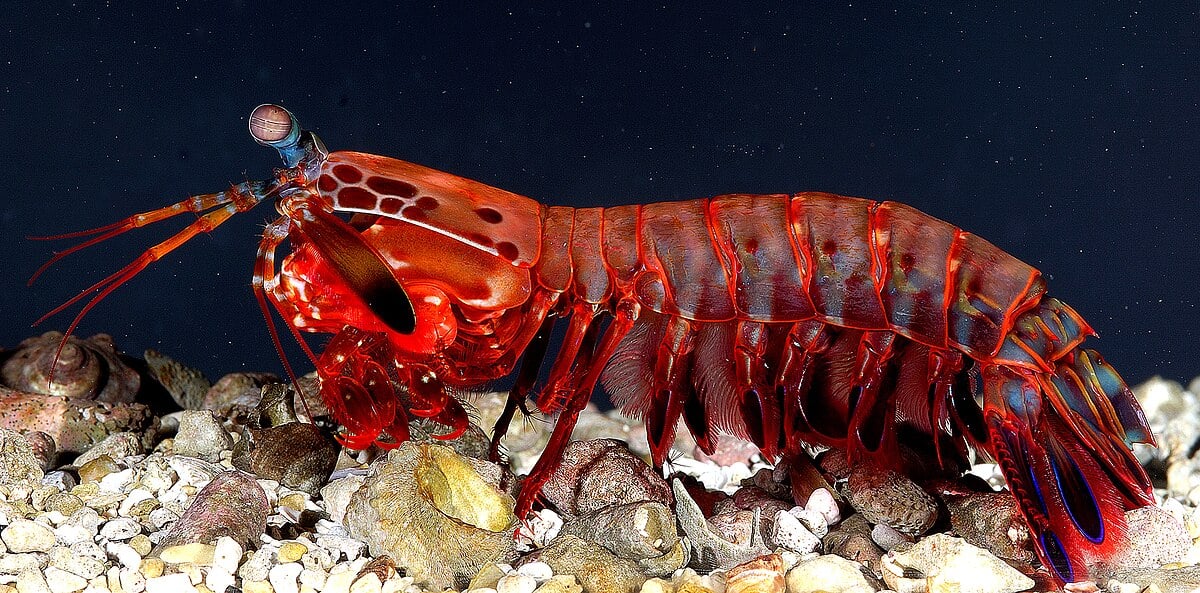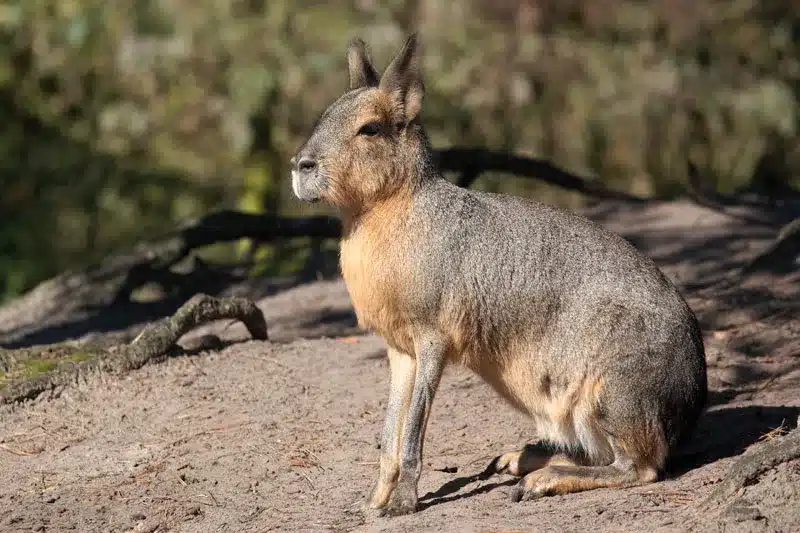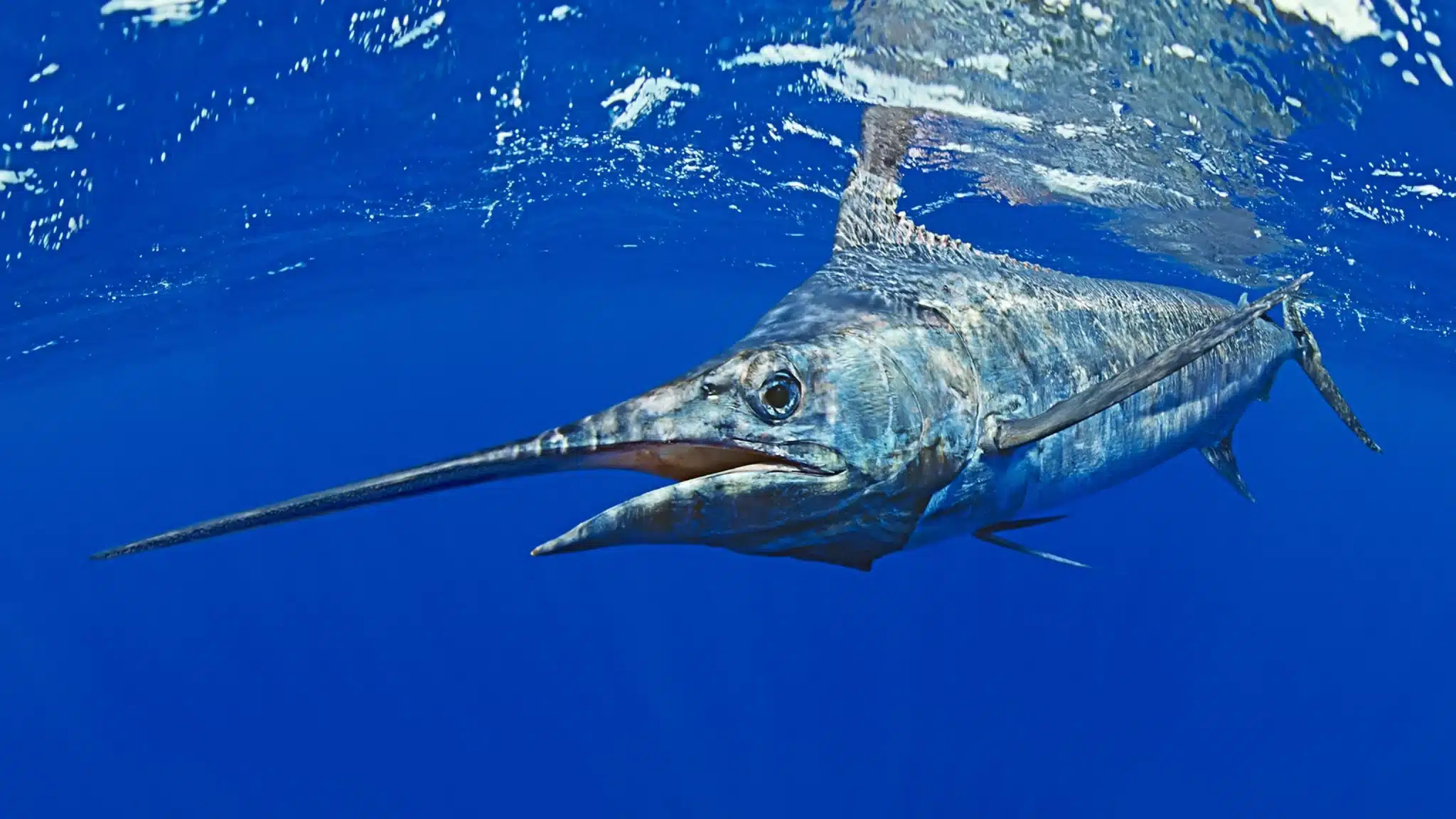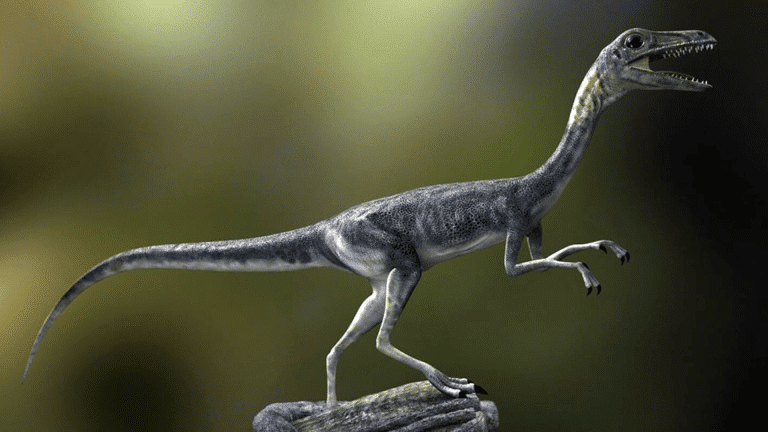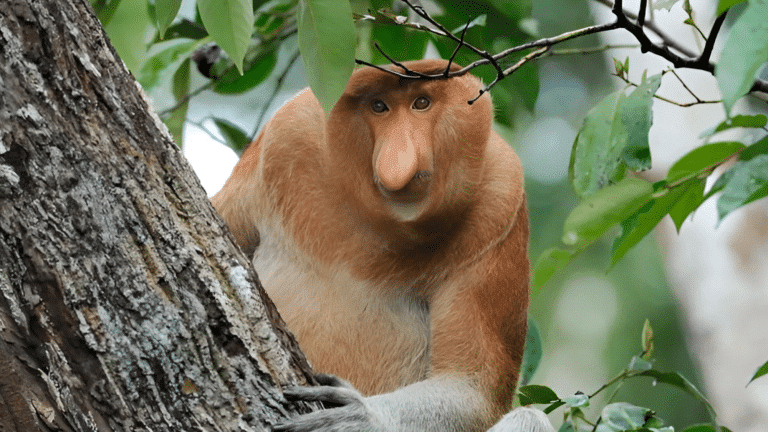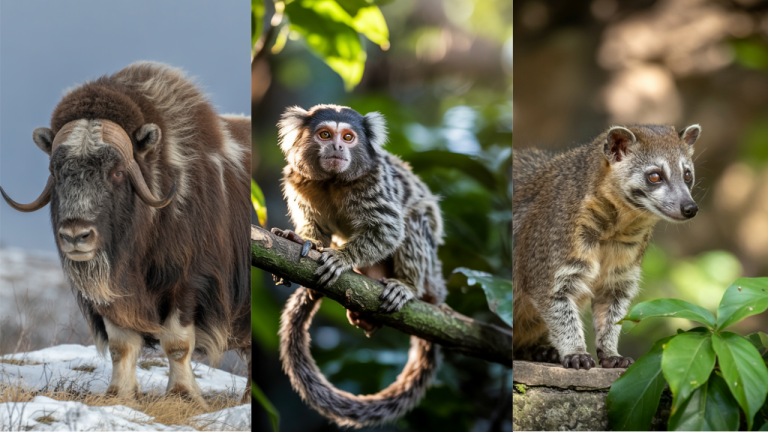Don’t you think animals play crucial roles in maintaining the balance of nature? Well, Yes!
The creatures like bees and butterflies are essential pollinators, ensuring the growth of fruits, vegetables, and flowers.
Various mammals, such as moose and deer, contribute to seed dispersal as they move through forests.
Also, microorganisms, like bacteria and microbes, aid in nutrient cycling, enriching the soil.
Moreover, some marine animals, like mussels, act as natural water purifiers, keeping our oceans clean.
Overall, these magnificent animals, especially animals that start with M, collectively support ecosystems, promote biodiversity, and contribute to the well-being of our planet.
Let’s explore 50 amazing animals that help maintain the ecological balance well.
List of Animals that Start with M
1. Monkey
- Place of Origin: Varied, found in Africa, Asia, and the Americas.
- Regions of Habitat: Tropical rainforests, savannas, and mountains.
- Scientific Name: Varies based on the species.
Intelligent and social primates, monkeys exhibit diverse sizes and appearances. Known for their playful behavior and prehensile tails.
Interesting Fact: Capuchin monkeys use tools like sticks to extract insects or scoop out honey.
2. Mouse
- Place of Origin: Worldwide, with various species.
- Regions of Habitat: Diverse habitats, including fields, forests, and urban areas.
- Scientific Name: Mus musculus (house mouse).
Small rodents with pointed snouts and long tails. They play crucial roles in ecosystems as both prey and seed dispersed.
Interesting Fact: Mice are prolific breeders, with some species capable of producing litters every few weeks.
3. Mongoose
- Place of Origin: Africa, Asia, Southern Europe, and the Caribbean
- Region of Habitats: Savannas, forests, and grasslands
- Scientific Name: Herpestidae (Family)
Small carnivores with long bodies, pointed snouts, and a bushy tail.
Interesting Fact: Mongooses are known for their ability to fight and kill venomous snakes.
4. Mosquito
- Place of Origin: Global distribution.
- Regions of Habitat: Wetlands, freshwater, and urban areas.
- Scientific Name: Culicidae family, various species.
Small, flying insects with elongated mouthparts for blood-feeding. Some species are vectors for diseases like malaria and Zika virus.
Interesting Fact: Only female mosquitoes bite; they require blood for egg development.
5. Macaw
- Place of Origin: Central and South America
- Regions of Habitat: Rainforests, woodlands, and savannas
- Scientific Name: Ara (Genus)
Colorful, long-tailed parrots with vibrant plumage and strong beaks.
Interesting Fact: Macaws are known for mimicking human speech and other sounds.
6. Moray Eel
- Place of Origin: Worldwide in tropical and subtropical seas
- Regions of Habitat: Coral reefs, rocky crevices, and deep-sea environments
- Scientific Name: Muraenidae (Family)
Elongated, snake-like fish with a jaw capable of swallowing prey whole.
Interesting Fact: Moray eels have a second set of jaws in their throat, called pharyngeal jaws, to help pull prey into their digestive tract
7. Macaroni Penguin
- Place of Origin: Sub-Antarctic and Antarctic region.
- Regions of Habitat: Coastal areas and islands.
- Scientific Name: Eudyptes chrysolophus.
Distinctive with yellow crests, macaroni penguins are medium-sized, social birds. They are adept swimmers and feed on krill and small fish.
Interesting Fact: Their name comes from the feathered hats (macaroni) that were fashionable in the 18th century.
8. Mole
- Place of Origin: Worldwide
- Regions of Habitat: Underground burrows in various environments
- Scientific Name: Talpidae (Family)
Small, burrowing mammals with velvety fur adapted for a subterranean lifestyle.
Interesting Fact: Moles have specialized front limbs for digging and powerful senses to navigate in the dark.
9. Madagascar Jacana
- Place of Origin: Madagascar
- Regions of Habitat: Wetlands, ponds, and lakes
- Scientific Name: Actophilornis albinucha
Wading birds with long legs and toes adapted for walking on aquatic vegetation. They have striking plumage.
Interesting Fact: Madagascar jacanas build floating nests on water.
10. Madora Moth
- Place of Origin: Africa
- Regions of Habitat: Savannahs and grasslands
- Scientific Name: Gonimbrasia Belina
Large moths with a wingspan of up to 12 cm. Larvae, known as mopane worms, are a protein-rich food source.
Interesting Fact: Mopane worms are a delicacy in African cuisine.
11. Maggot
- Place of Origin: Worldwide
- Regions of Habitat: Carrion, decaying matter
- Scientific Name: Various fly species in the larval stage
Maggots are fly larvae, often associated with decomposition. They play a crucial role in breaking down organic matter.
Interesting Fact: Maggot therapy has been used in medicine to clean wounds.
12. Magnolia Warbler
- Place of Origin: North America
- Regions of Habitat: Coniferous and mixed forests
- Scientific Name: Setophaga magnolia
Small, colorful songbirds with distinctive black markings. They feed on insects and migrate to Central America during winter.
Interesting Fact: Named after the magnolia-like markings on its plumage.
13. Magpie
- Place of Origin: Worldwide, except Antarctica
- Regions of Habitat: Varied, from forests to urban areas
- Scientific Name: Pica spp. (various species)
Black and white corvids are known for their intelligence and vocalizations. They are omnivores, scavenging on a wide range of food.
Interesting Fact: Magpies are known for their affinity for shiny objects.
14. Malayan Civet
- Place of Origin: Southeast Asia
- Regions of Habitat: Forests and urban areas
- Scientific Name: Viverra tangalunga
Small carnivores with long bodies, short legs, and pointed faces. They are nocturnal and primarily insectivorous.
Interesting Fact: Civets produce a musk used in perfumes called civetone.
15. Mule
- Place of Origin: Hybrid species, offspring of a male donkey and a female horse
- Regions of Habitat: Domesticated, found in various countries
- Scientific Name: Equus mulus
A hybrid between a horse and a donkey, with characteristics of both parents. Mules are known for their strength and endurance.
Interesting Fact: Mules are often sterile due to differences in the number of chromosomes between horses and donkeys.
16. Millipede
- Place of Origin: Worldwide, diverse species
- Regions of Habitat: Moist environments, forests, and grasslands
- Scientific Name: Various species in the class Diplopoda
Long, segmented arthropods with numerous legs. Millipedes play a vital role in nutrient cycling by breaking down plant material.
Interesting Fact: Despite the name, millipedes don’t have a thousand legs; the number varies by species.
17. Malayan Tiger
- Place of Origin: Peninsular Malaysia
- Regions of Habitat: Rainforests, grasslands, and mangrove swamps
- Scientific Name: Panthera tigris jacksoni
Largest cat species, recognized by distinctive orange coat with black stripes. Solitary and powerful predators.
Interesting Fact: Malayan tigers are critically endangered, with a declining population due to habitat loss and poaching.
18. Mallard
- Place of Origin: North America, Europe, and Asia
- Regions of Habitat: Wetlands, lakes, and ponds
- Scientific Name: Anas platyrhynchos
Medium-sized ducks with distinctive glossy green heads (males) and mottled brown plumage. They are highly adaptable.
Interesting Fact: Mallards are the ancestors of many domestic ducks.
19. Mackerel
- Place of Origin: Worldwide, found in both temperate and tropical seas.
- Regions of Habitat: Coastal waters and open seas.
- Scientific Name: Various species in the family Scombridae.
Fast-swimming pelagic fish with streamlined bodies. Mackerel is an important commercial and recreational catch.
Interesting Fact: Mackerels are known for their migratory behavior, traveling great distances in search of food.
20. Maine Coon
- Place of Origin: United States (Maine)
- Regions of Habitat: Domesticated, kept as a house pet
- Scientific Name: Felis catus (domestic cat)
Large, long-haired domestic cats with tufted ears and bushy tails. Known for their friendly and pleasant nature.
Interesting Fact: Maine Coons are one of the largest domestic cat breeds.
21. Mamba
- Place of Origin: Sub-Saharan Africa.
- Regions of Habitat: Forests, savannas, and rocky areas.
- Scientific Name: Dendroaspis spp. (various species).
Highly venomous snakes with slender bodies and vibrant green or black coloration. They are known for their speed and agility.
Interesting Fact: Black mambas are among the fastest snakes, capable of reaching speeds of up to 12 mph.
22. Manatee
- Place of Origin: Coastal areas of North and South America, West Africa
- Regions of Habitat: Shallow, slow-moving rivers, estuaries, and coastal waters
- Scientific Name: Trichechus
Large, herbivorous marine mammals with paddle-like flippers and a rounded tail. They are also known as sea cows.
Interesting Fact: Manatees are gentle, slow-moving creatures often called “gentle giants.”
23. Mandrill
- Place of Origin: Central Africa
- Regions of Habitat: Rainforests
- Scientific Name: Mandrillus sphinx
Large, colorful monkeys with distinctively shaped faces. Males have brightly colored markings and impressive canines.
Interesting Fact: Mandrills have one of the most colorful faces among primates.
24. Marbled Salamander
- Place of Origin: Eastern United States
- Regions of Habitat: Moist woodlands and swamps
- Scientific Name: Ambystoma opacum
Medium-sized salamanders with striking black and white marbled patterns. They are terrestrial and breed in temporary pools.
Interesting Fact: Marbled salamanders exhibit courtship displays during the breeding season.
25. Markhor
- Place of Origin: Central Asia, including Pakistan and Afghanistan
- Regions of Habitat: Mountainous terrain
- Scientific Name: Capra falconeri
Wild goat species with distinctive corkscrew horns. Markhors are adapted to rugged, rocky environments.
Interesting Fact: Markhors are skilled climbers, using their agility to navigate cliffs and evade predators.
26. Marmot
- Place of Origin: North America, Europe, and Asia.
- Regions of Habitat: Alpine meadows and mountainous regions.
- Scientific Name: Marmota spp. (various species).
Large, burrowing rodents with stout bodies and bushy tails. They hibernate during winter and are known for their alert behavior.
Interesting Fact: Marmots use loud whistles to communicate, alerting others of potential threats.
27. Mink
- Place of Origin: North America, Europe, and Asia.
- Regions of Habitat: Rivers, lakes, and coastal areas.
- Scientific Name: Neovison vison.
Semi-aquatic mammals with sleek, dark fur. Minks are carnivorous and excellent swimmers, preying on fish and small mammals.
Interesting Fact: Mink fur is highly valued in the fashion industry, leading to extensive fur farming.
28. Maned Wolf
- Place of Origin: South America (Brazil, Paraguay, Argentina)
- Habitats: Grasslands, savannas, and tall grass regions
- Scientific Name: Chrysocyon brachyurus
Canid species have long legs, a fox-like appearance, and a distinctive mane.
Interesting Fact: Despite their name, maned wolves are not true wolves and belong to a unique evolutionary lineage.
29. May Beetle
- Place of Origin: Worldwide, diverse species.
- Regions of Habitat: Gardens, fields, and forests.
- Scientific Name: Various species in the family Scarabaeidae.
Stout beetles with oval bodies. May beetles are nocturnal and attracted to lights. Larvae, known as white grubs, feed on plant roots.
Interesting Fact: May beetles are considered agricultural pests due to their larval stage damaging crops.
30. Mexican Aligator Lizard
- Place of Origin: Mexico
- Regions of Habitat: Tropical and subtropical forests
- Scientific Name: Abronia spp. (various species)
Legless lizards with elongated bodies and prehensile tails. They are arboreal and primarily insectivorous.
Interesting Fact: Mexican alligator lizards are known for their striking coloration and are often kept as exotic pets
31. Mantella Frog
- Place of Origin: Madagascar
- Regions of Habitat: Rainforests and humid areas
- Scientific Name: Mantella spp. (various species)
Small, brightly colored frogs with toxic skin secretions. They exhibit aposematism, warning predators of their toxicity.
Interesting Fact: The vibrant colors of mantella frogs warn potential predators about their toxicity.
32. Malchi
- Place of Origin: Hybrid dog breed, a mix of Maltese and Chihuahua.
- Regions of Habitat: Domesticated, found as house pets.
- Scientific Name: Canis lupus familiaris.
Small-sized dogs with a variety of coat colors. Malchis inherit traits from both Maltese and Chihuahua breeds.
Interesting Fact: Malchis are known for their affectionate and lively personalities.
33. Molly
- Place of Origin: Domesticated, developed through selective breeding
- Regions of Habitat: Freshwater aquarium
- Scientific Name: Poecilia spp. (various species)
Small, colorful fish with a live-bearing reproduction method. Mollies are popular in freshwater aquariums.
Interesting Fact: Mollies are known for their adaptability to various water conditions, making them suitable for beginner aquarium keepers.
34. Marine Toad
- Place of Origin: South and Central America
- Regions of Habitat: Tropical rainforests and semi-aquatic areas
- Scientific Name: Rhinella marina
Large toads with rough, bumpy skin. They secrete toxic substances as a defense mechanism.
Interesting Fact: Marine toads, also known as the cane toad, were introduced to control pests in sugarcane fields but became invasive.
35. Mayfly
- Place of Origin: Worldwide, diverse species
- Regions of Habitat: Aquatic environments, especially freshwater
- Scientific Name: Various species in the order Ephemeroptera
Delicate insects have short lifespans, often only a day. Mayflies are indicators of water quality.
Interesting Fact: Mayflies undergo incomplete metamorphosis, with nymphs living underwater before emerging as short-lived adults.
36. Manchester Terrier
- Place of Origin: England
- Regions of Habitat: Domesticated, kept as a companion dog
- Scientific Name: Canis lupus familiaris
Sleek, medium-sized terriers with a black and tan coat. Manchester Terriers are agile, intelligent, and known for their friendly demeanor.
Interesting Fact: Originally bred for ratting and as a stylish companion, they excel in agility and obedience training.
37. Marten
- Place of Origin: Worldwide, diverse species
- Regions of Habitat: Forested areas ranging from tropical to boreal
- Scientific Name: Martes spp. (various species)
Small to medium-sized carnivores with slender bodies and bushy tails. Martens are excellent climbers and hunters.
Interesting Fact: Martens have retractable claws, aiding them in climbing trees and navigating their arboreal habitats.
38. Megalodon
- Place of Origin: Worldwide, extinct
- Regions of Habitat: Ancient oceans
- Scientific Name: Carcharocles megalodon
Enormous prehistoric shark, one of the largest predators ever. Megalodons had serrated teeth and a powerful bite.
Interesting Fact: Megalodons lived approximately 23 to 3.6 million years ago and are now extinct.
39. Merino Sheep
- Place of Origin: Spain
- Regions of Habitat: Domesticated, found in various countries
- Scientific Name: Ovis Aries
Medium-sized sheep are known for their fine, soft wool. Merinos have distinctive wrinkled skin and are bred for their wool quality.
Interesting Fact: Merino wool is prized for its fineness, warmth, and breathability, making it highly sought after in the textile industry.
40. Moon Bear
- Place of Origin: Asia
- Regions of Habitat: Forested areas
- Scientific Name: Ursus thibetanus
Medium-sized bears with a distinctive crescent-shaped chest mark. Moon bears are omnivores and excellent climbers.
Interesting Fact: Named for the crescent-shaped white or yellowish patch on their chests resembling a crescent moon.
41. Mudi
- Place of Origin: Hungary
- Regions of Habitat: Domesticated, kept as a herding and companion dog
- Scientific Name: Canis lupus familiaris
Medium-sized herding dogs with a versatile coat. Mudis are intelligent, agile, and known for their herding abilities.
Interesting Fact: Mudis are highly adaptable, excelling in various dog sports and activities.
42. Mudskipper
- Place of Origin: Mangrove areas in Indo-Pacific regions.
- Regions of Habitat: Coastal mudflats, mangroves, and tidal areas.
- Scientific Name: Gobiidae (family); Periophthalmus spp. (genus).
Mudskippers are unique fish that can breathe underwater and on land. They have pectoral fins adapted for walking and eyes positioned on their heads.
Interesting Fact: Mudskippers can climb trees and use their pectoral fins to “skip” on mud, allowing them to move between aquatic and terrestrial environments.
43. Muntjac
- Place of Origin: Southeast Asia, India, and China.
- Regions of Habitat: Forests, grasslands, and cultivated areas.
- Scientific Name: Muntiacus (genus); various species.
Muntjacs, or barking deer, are small, solitary deer with distinctive canine teeth and short antlers. They are adaptable and thrive in diverse environments.
Interesting Fact: Muntjacs are known for their distinctive bark-like calls, used to communicate with each other in dense vegetation where visibility is limited.
44. Monk Seal
- Place of Origin: Hawaiian monk seal in Hawaii; Mediterranean monk seal in the Mediterranean.
- Regions of Habitat: Coastal areas, sandy beaches, and rocky shores.
- Scientific Name: Neomonachus (Hawaiian); Monachus (Mediterranean).
A sleek, torpedo-shaped body, a distinct face with wide nostrils, and a layer of blubber for insulation characterize monk seals.
Interesting Fact: Monk seals are one of the rarest seal species, with the Hawaiian monk seal critically endangered and the Mediterranean monk seal facing a high risk of extinction.
45. Mealybug
- Place of Origin: Worldwide, with various species adapted to different climates.
- Regions of Habitat: Plants, crops, and ornamental gardens.
- Scientific Name: Pseudococcidae (family); various genera and species.
Mealybugs are small, sap-sucking insects covered in a white, waxy substance. They feed on plant sap, damaging crops and ornamental plants.
Interesting Fact: Female mealybugs are wingless and often remain in one location, while males are typically short-lived and have wings, facilitating species dispersal.
46. Marine Iguana
- Place of Origin: Galápagos Islands (endemic to the region).
- Regions of Habitat: Rocky shores, beaches, and coastal areas.
- Scientific Name: Amblyrhynchus cristatus.
Marine iguanas are unique reptiles known for their ability to forage for algae in the ocean. They have flattened tails for efficient swimming and are often black or dark gray to absorb heat.
Interesting Fact: Marine iguanas are the only iguana species that forage in the ocean, diving to feed on underwater algae.
47. Mantis Shrimp
- Place of Origin: Tropical and subtropical waters worldwide.
- Regions of Habitat: Coral reefs, rocky substrates, and coastal areas.
- Scientific Name: Stomatopoda (order); various species.
Mantis shrimps are aggressive crustaceans with powerful, club-like claws for hunting prey. They have remarkable eyes, capable of complex color vision and detecting polarized light.
Interesting Fact: Mantis shrimps have one of the fastest and most powerful punches in the animal kingdom, capable of breaking through the shells of prey with incredible speed.
48. Map Turtle
- Place of Origin: North America, particularly in rivers and lakes.
- Regions of Habitat: Freshwater habitats, including rivers, streams, and ponds.
- Scientific Name: Graptemys (genus); various species.
Map turtles are named for the intricate map-like patterns on their shells. They have webbed feet and are well-adapted to an aquatic lifestyle.
Interesting Fact: Map turtles are excellent swimmers and backers. They often sunbathe on rocks or logs near the water to regulate their body temperature.
49. Mara
- Place of Origin: South America, particularly in grasslands and open habitats.
- Regions of Habitat: Patagonian steppes, grasslands, and scrublands.
- Scientific Name: Dolichotis (genus); various species.
Maras, also known as Patagonian hares, resemble large rodents with long legs and ears. They are social animals that live in family groups.
Interesting Fact: Maras are known for their unique reproductive behavior. They engage in monogamous relationships and form stable family groups, with both parents actively caring for their offspring.
50. Marlin
- Place of Origin: Oceans worldwide, with various species inhabiting different regions.
- Regions of Habitat: Open ocean, deep-sea, and coastal waters.
- Scientific Name: Makaira (genus); various species.
Marlins are large, highly migratory fish with distinctive elongated bodies, long bill-like snouts, and a dorsal fin that can be raised or lowered.
Interesting Fact: Marlins are renowned for their speed and agility. They are popular targets for sport fishing due to their impressive size and powerful swimming abilities.
Summing It Up
These amazing creatures populate the animal kingdom, and those beginning with the letter M showcase nature’s diversity.
However, animals like elephants, meerkats, and many more are precious to nature. But humans are causing them problems. So, we need to work hard to balance our ecosystems well.
And saving these amazing creatures is super important. So, let’s take care of them so they can keep playing their crucial role in the circle of life on Earth.


